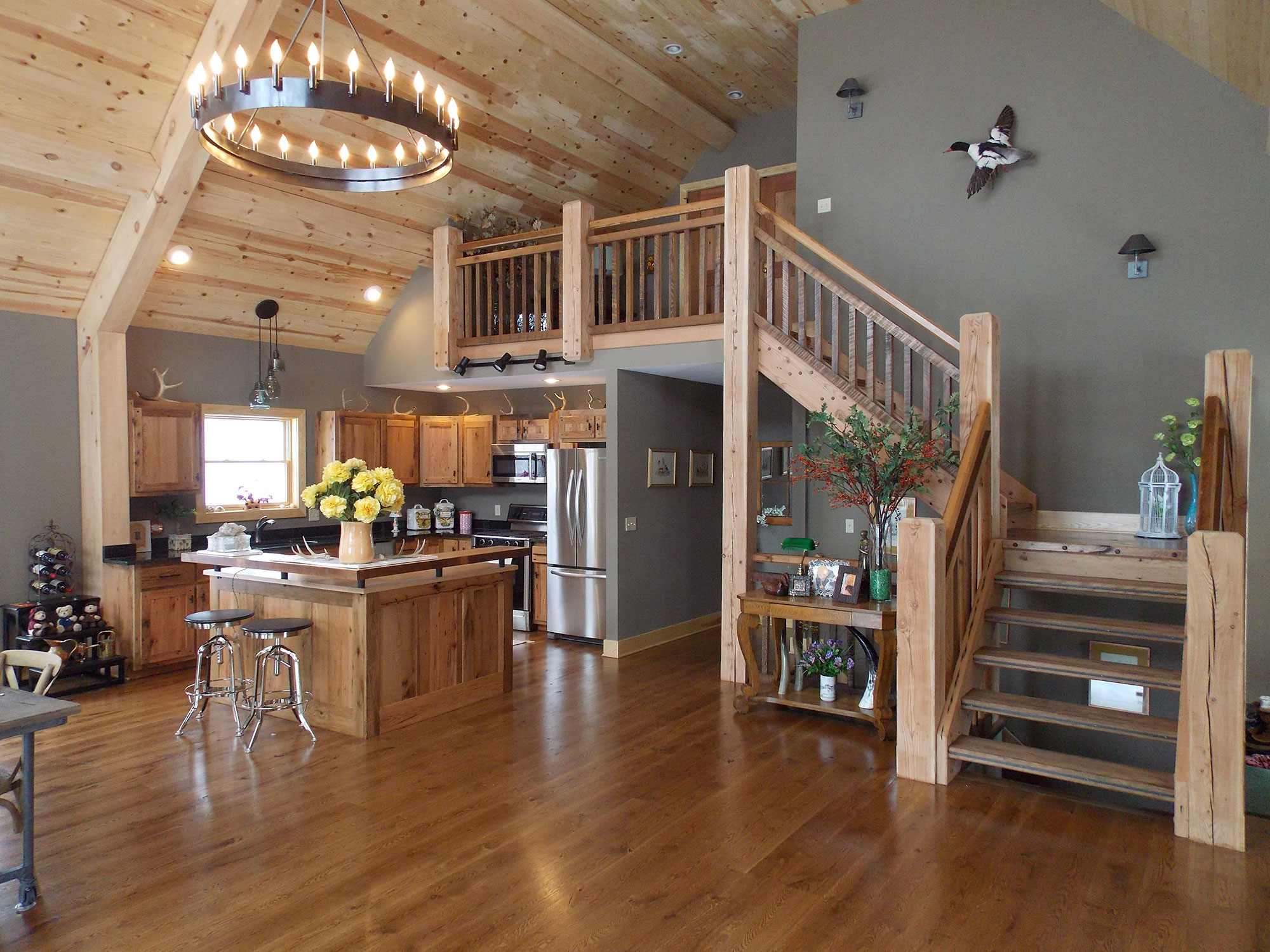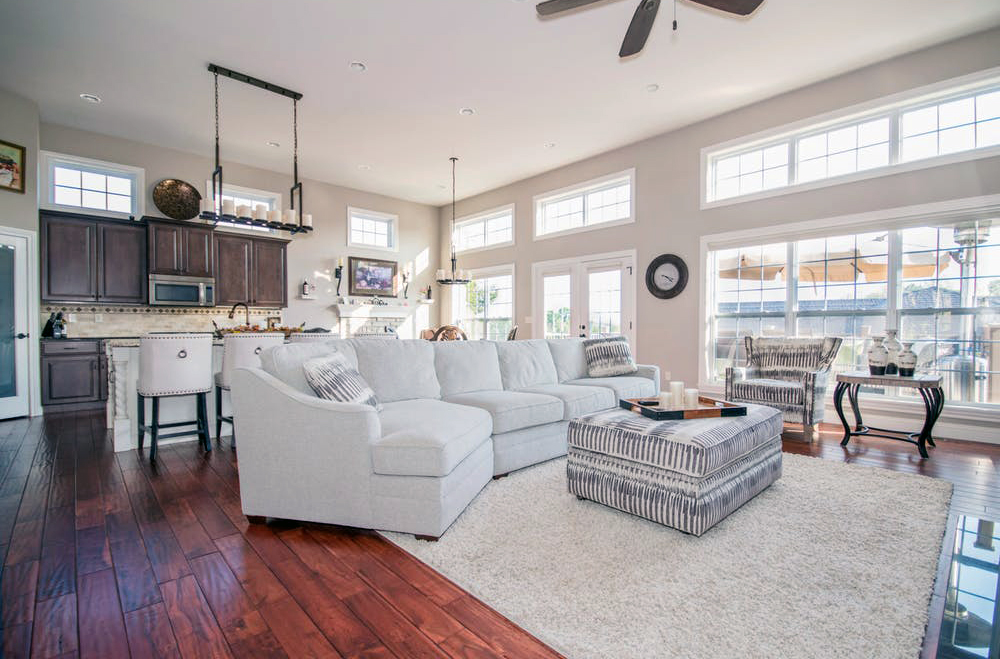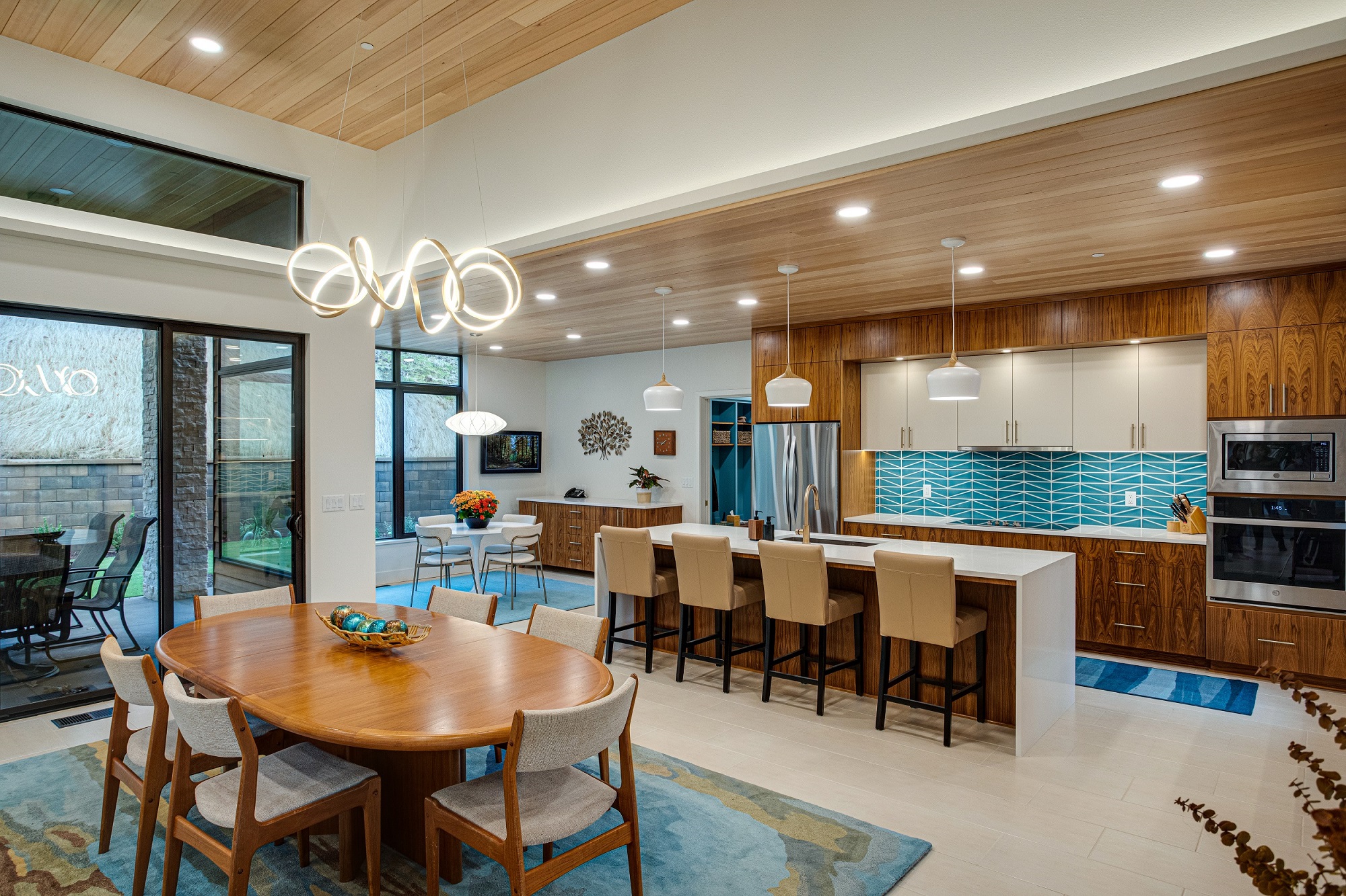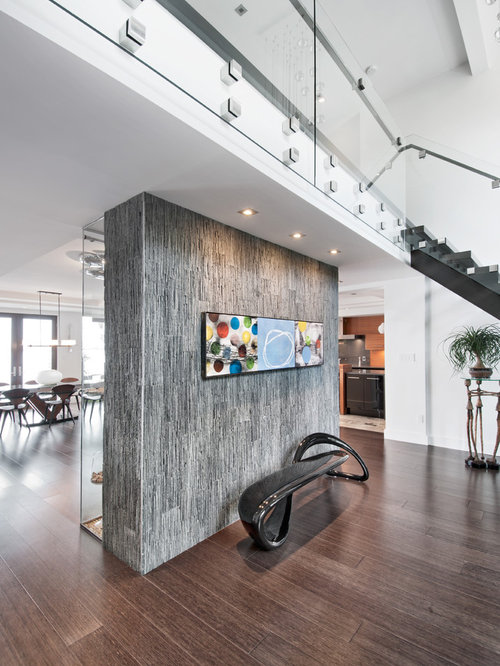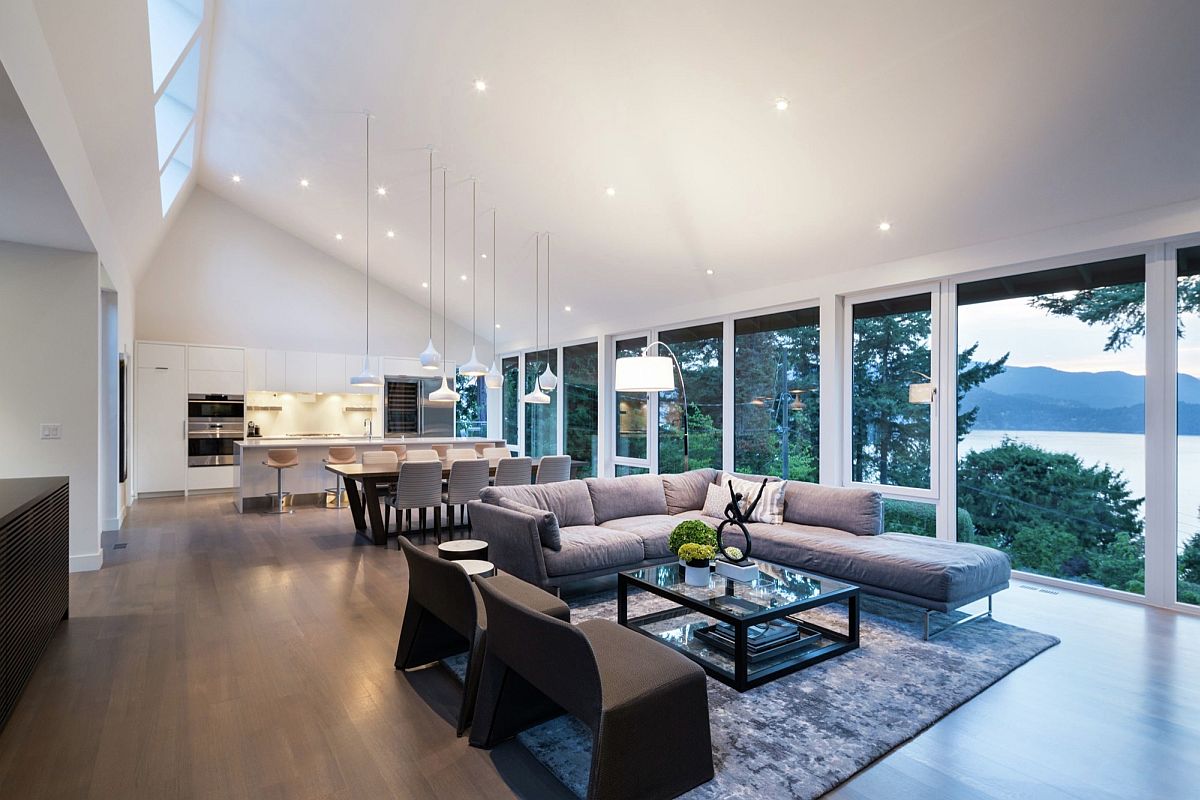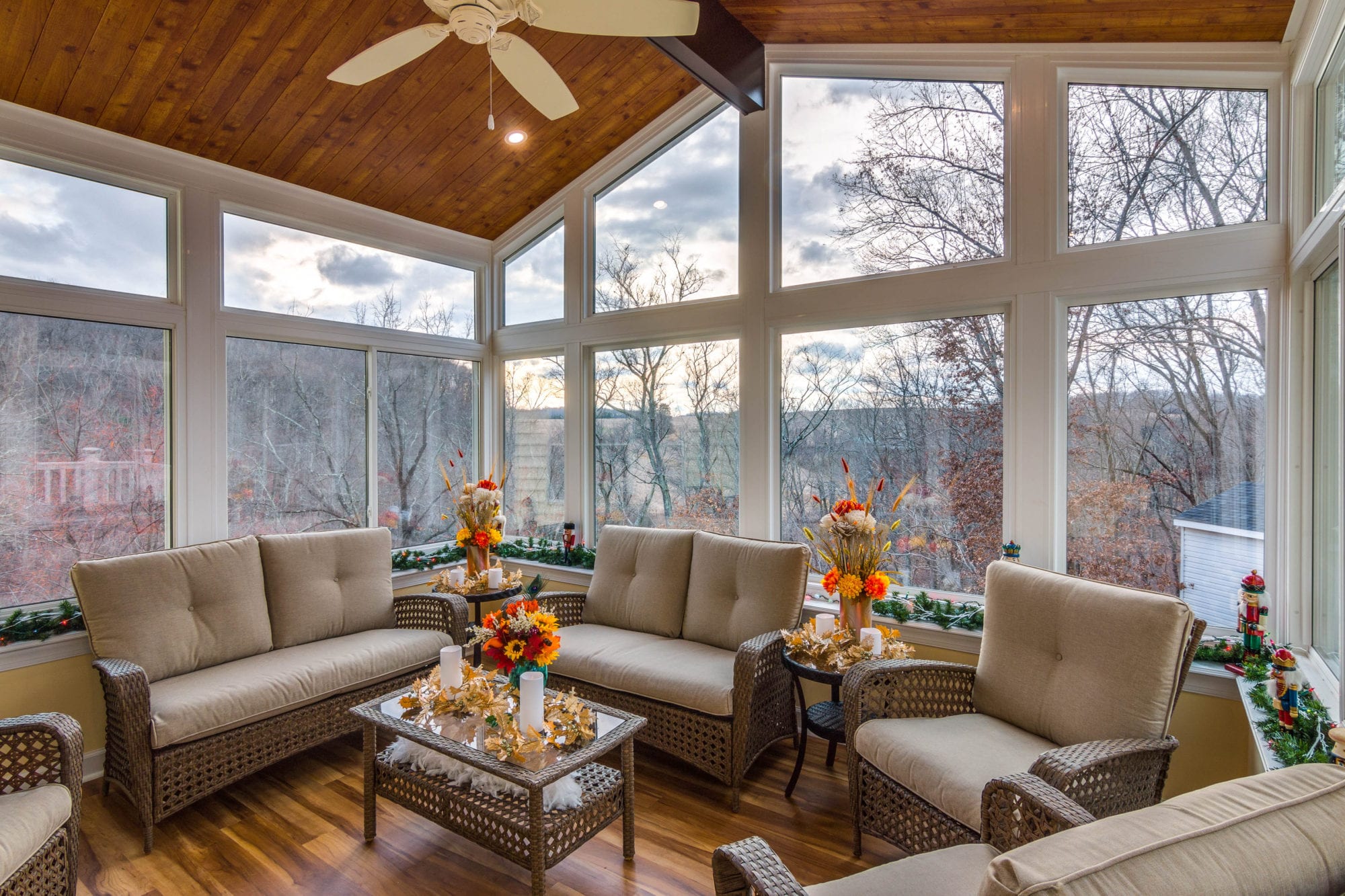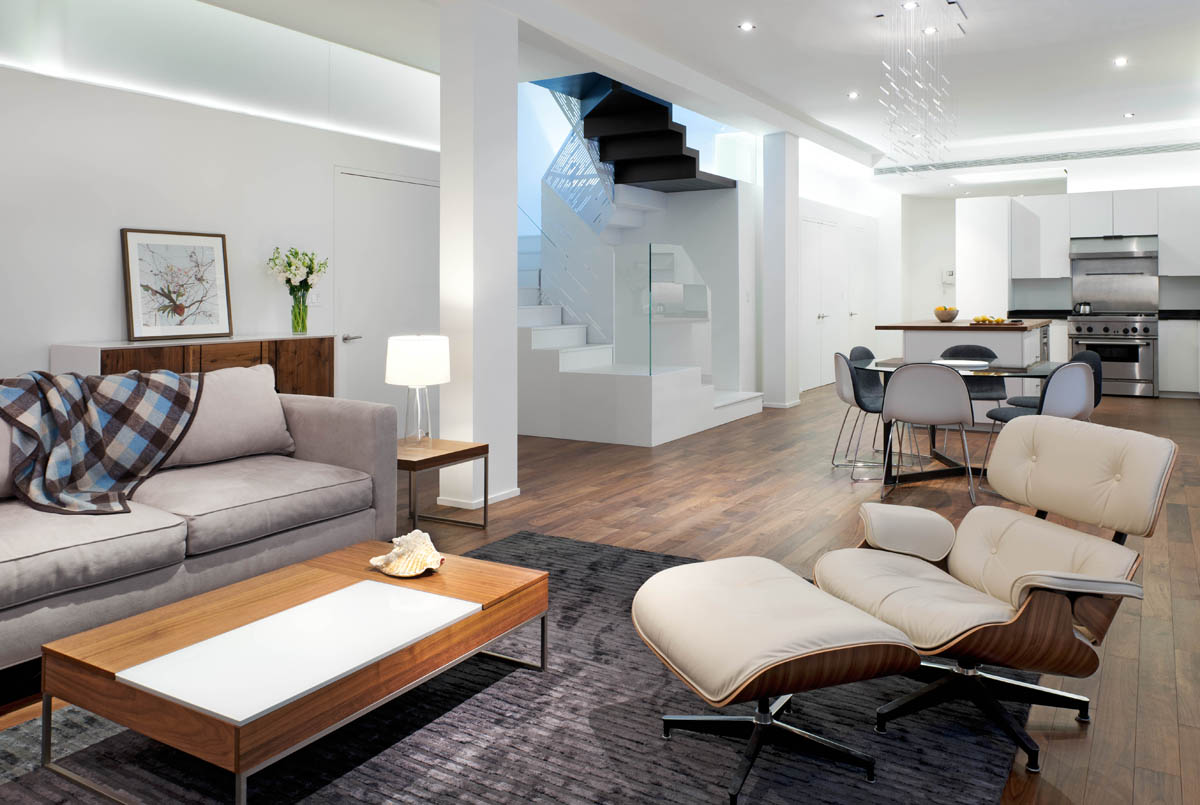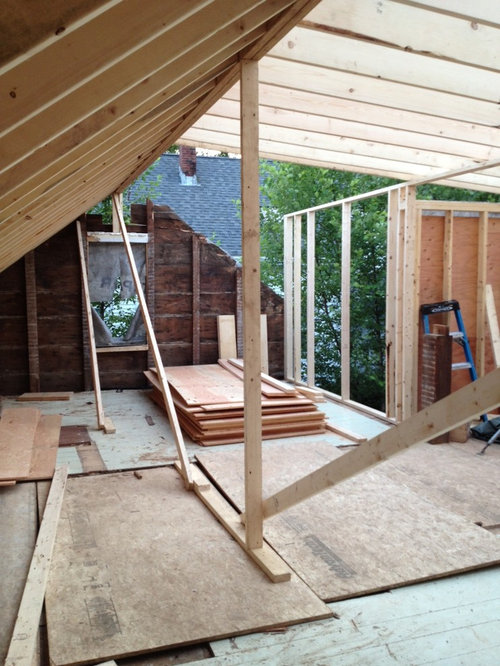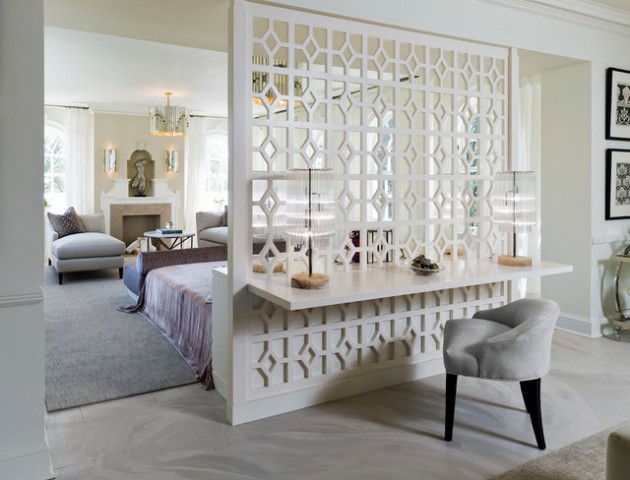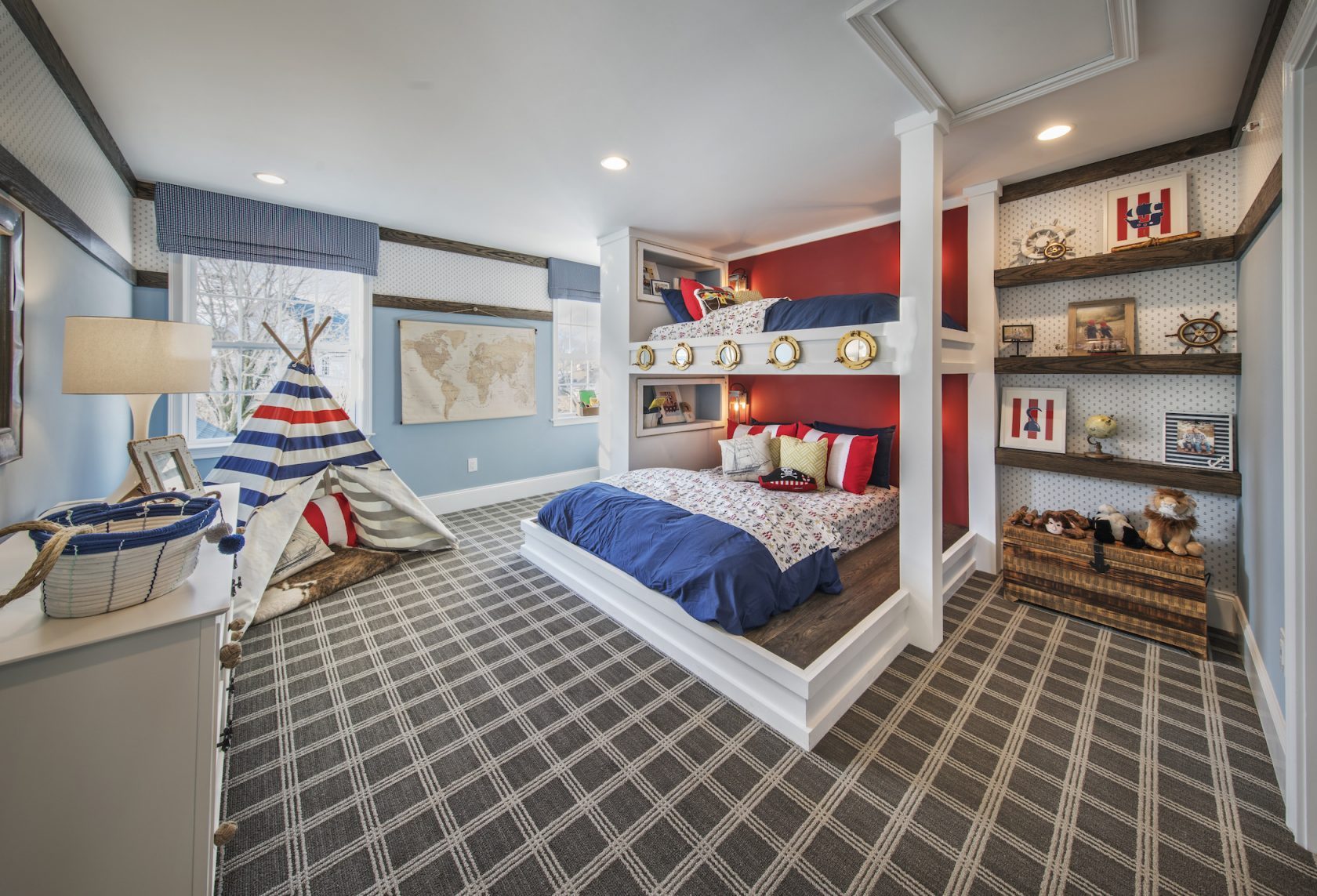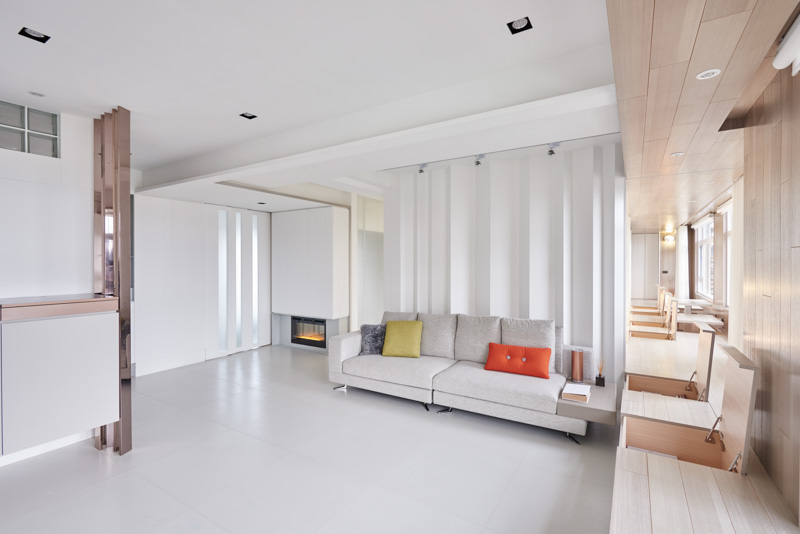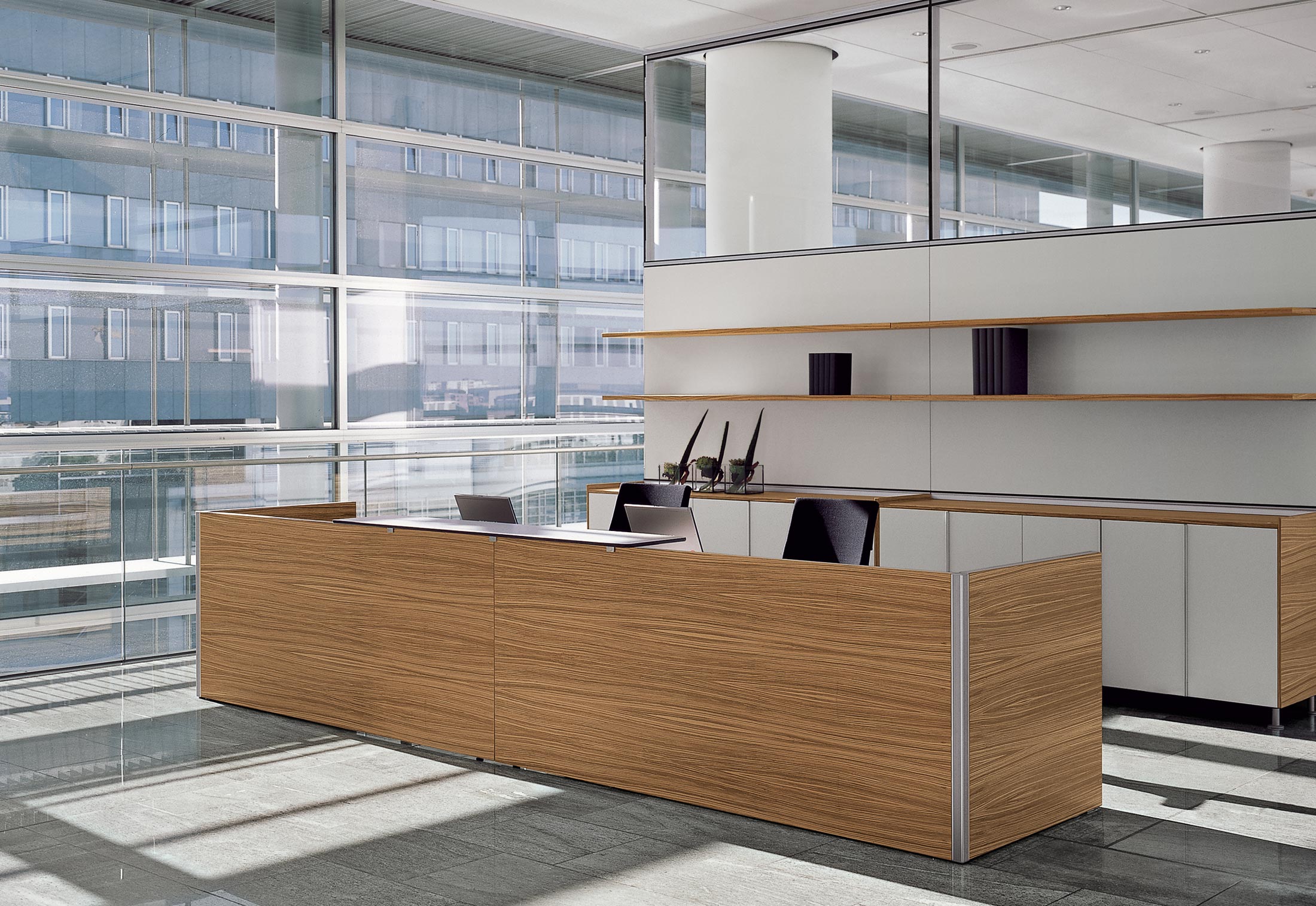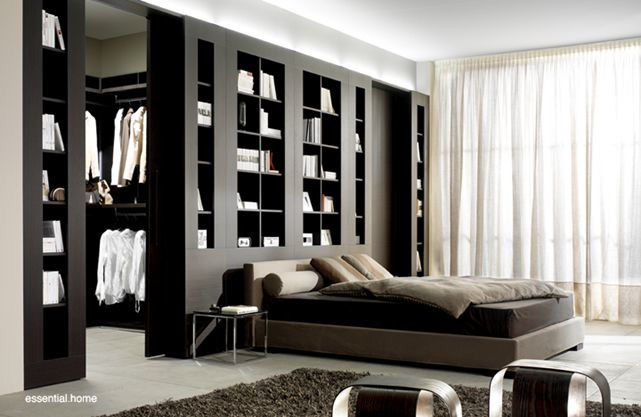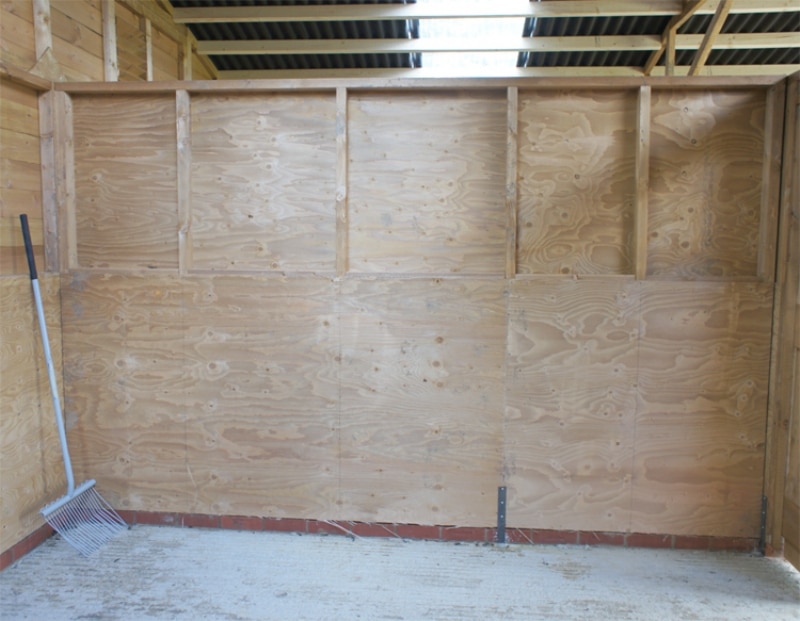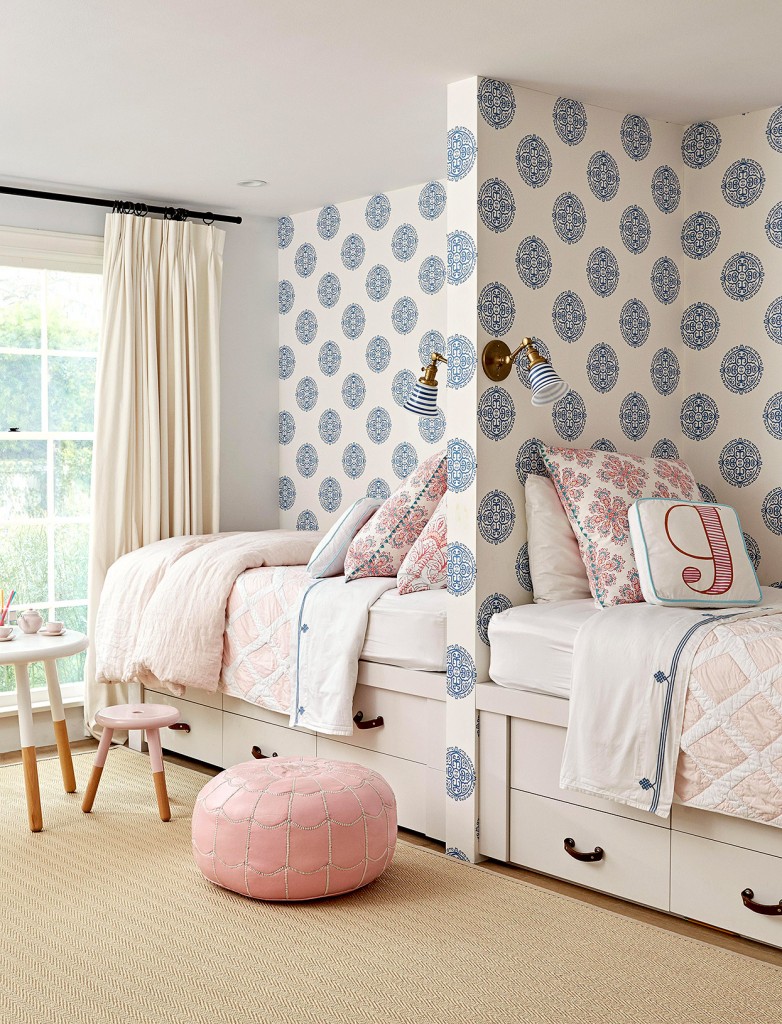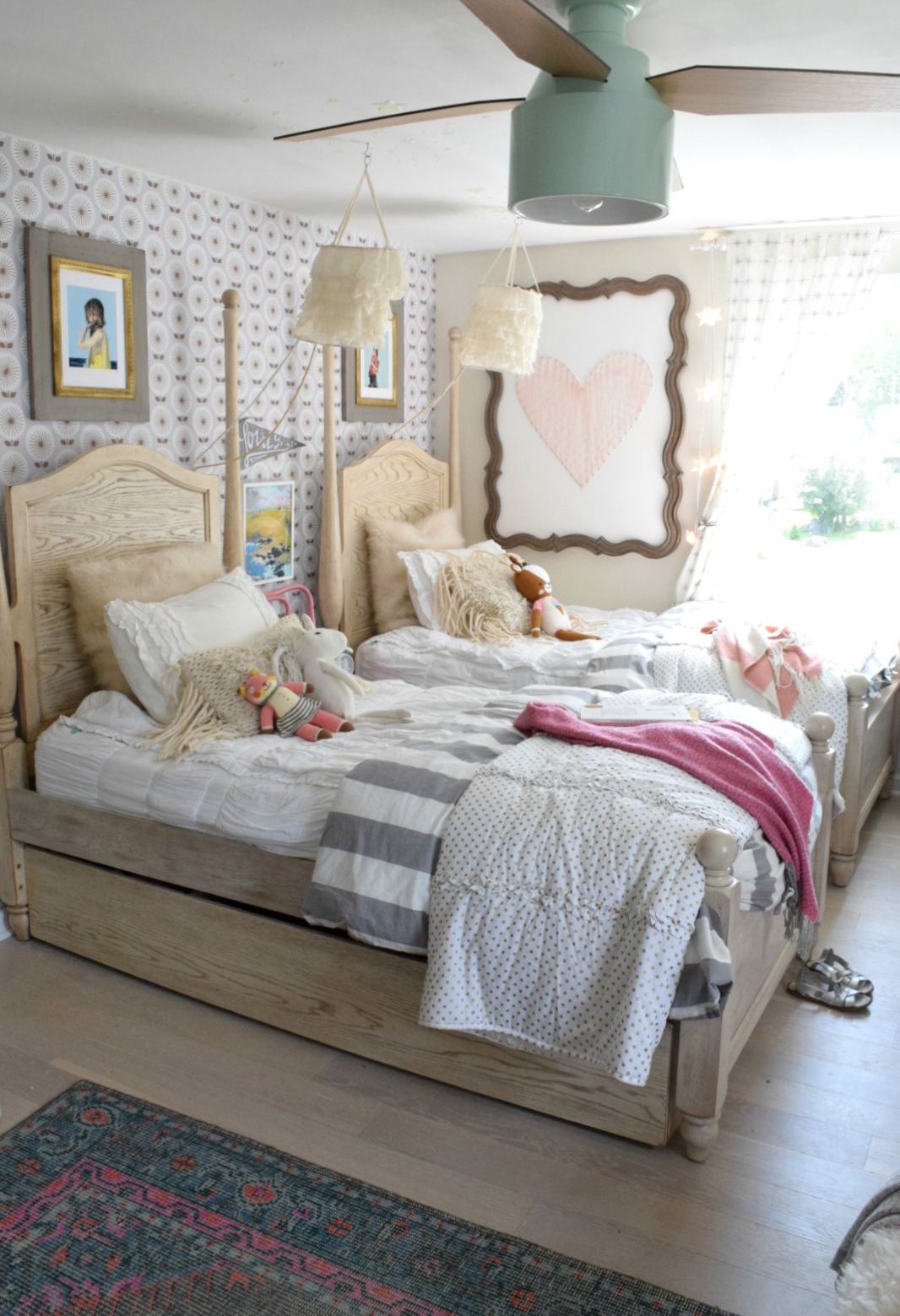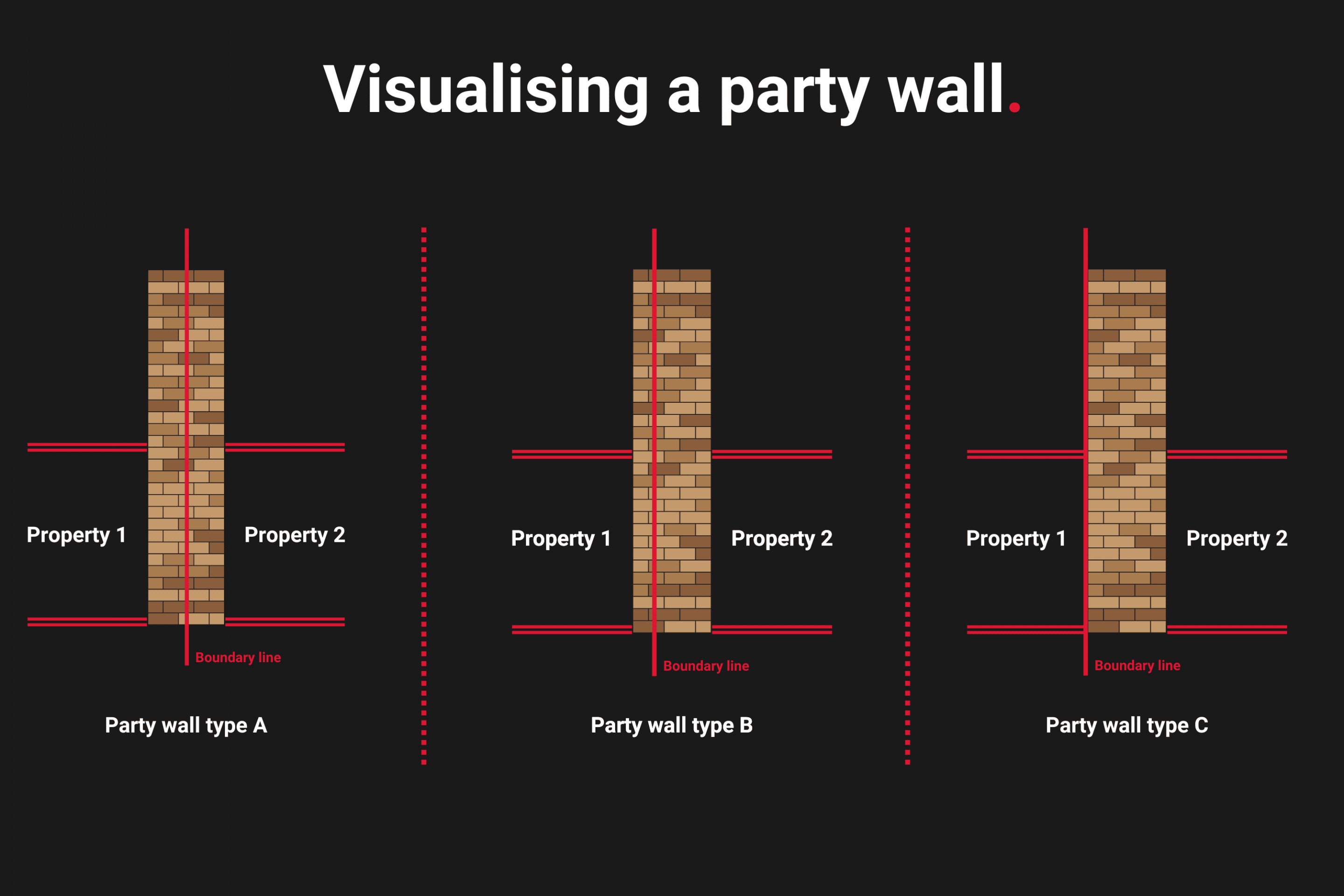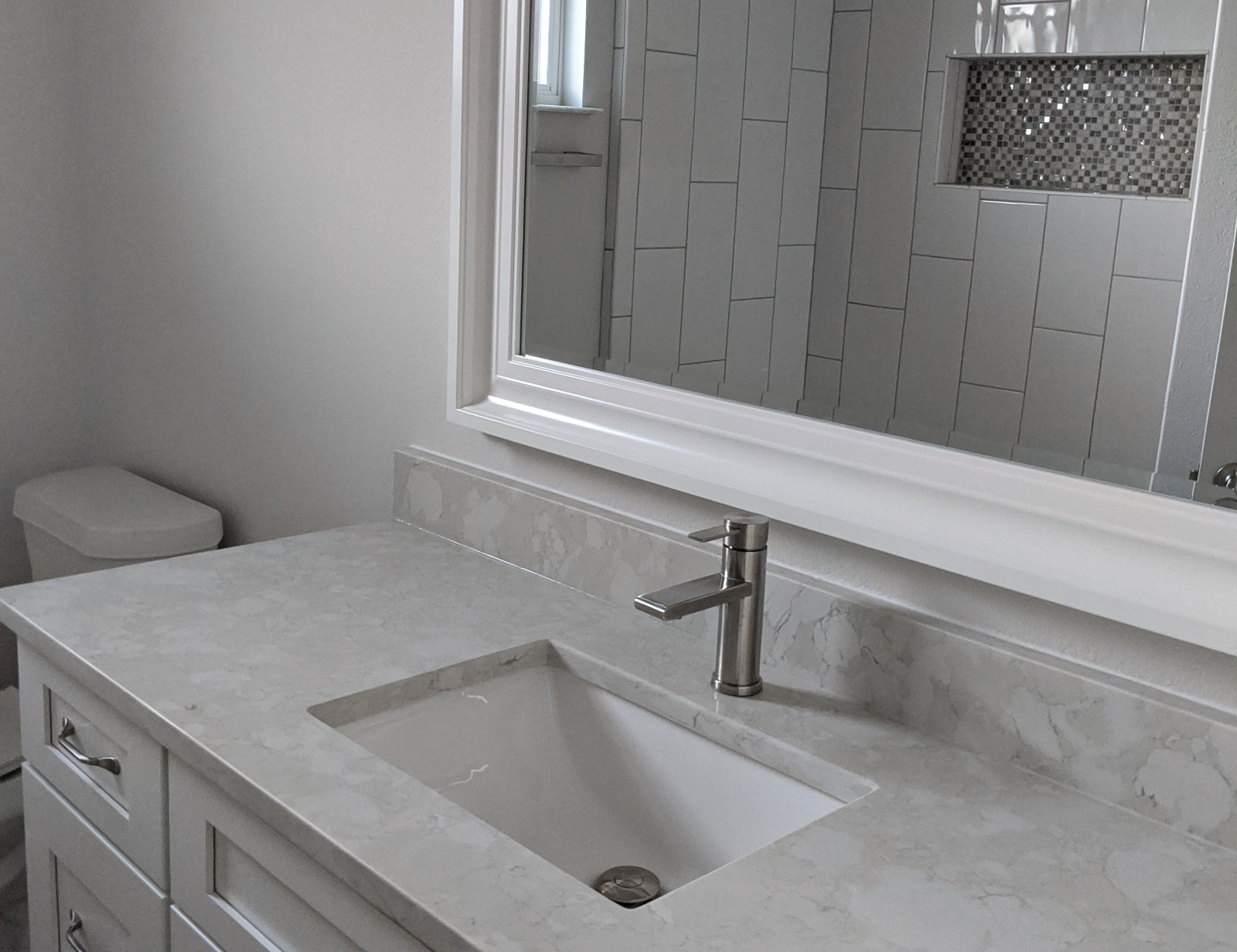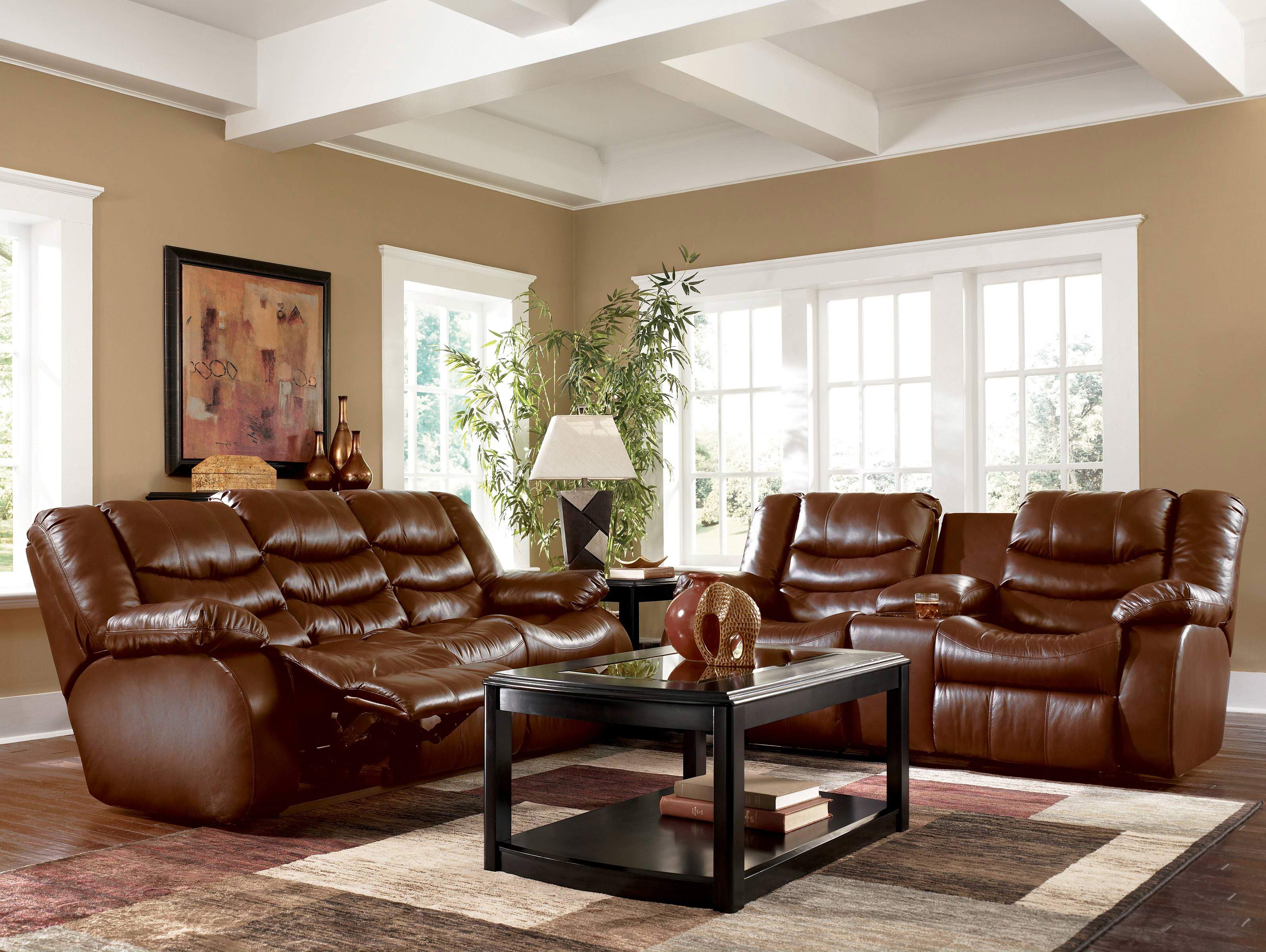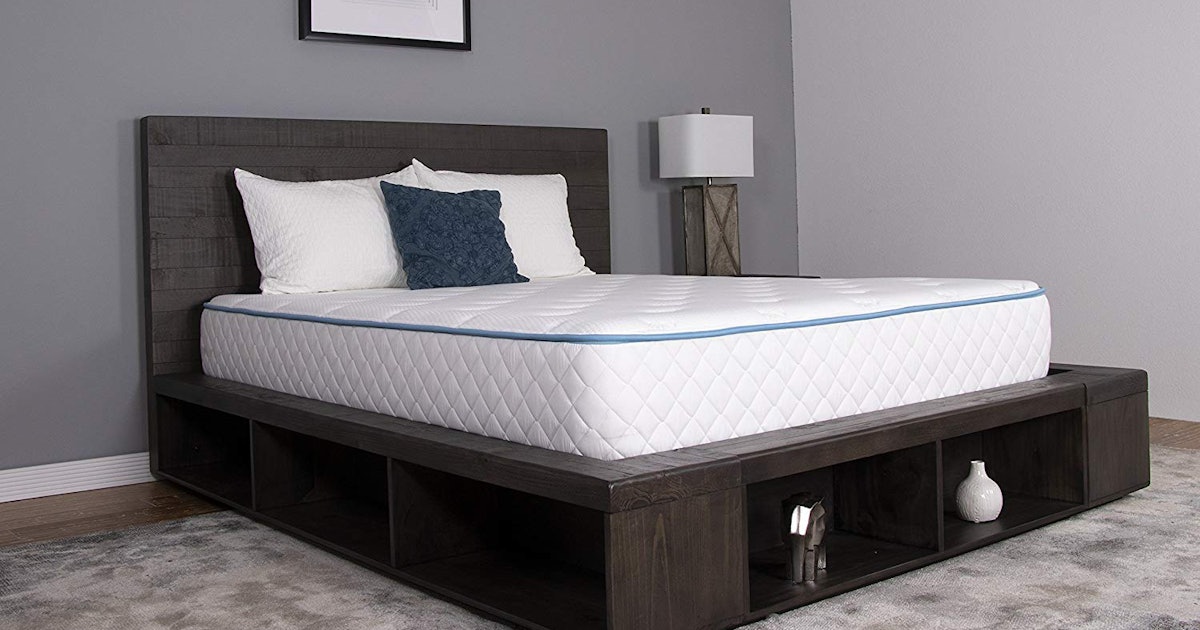The wall between the bedroom and living room is a common feature in many homes. It serves as a separation between two essential living spaces and can have both practical and aesthetic benefits. However, as open concept living becomes increasingly popular, the debate on whether to keep or remove this wall has sparked. In this article, we will discuss the top 10 pros and cons of having a wall between the bedroom and living room, also known as a partition wall or room divider.Wall Between Bedroom and Living Room: Exploring the Pros and Cons
The partition wall, also known as an interior wall, is a wall that separates two living spaces. In a home setting, it is typically used to divide the bedroom and living room. The purpose of a partition wall is to create distinct areas while maintaining privacy and functionality. It can be made of various materials such as drywall, wood, or glass, and it can be permanent or temporary.Partition Wall: Defining Its Purpose and Function
One of the main reasons for having a wall between the bedroom and living room is its aesthetic appeal. A room divider can add character and depth to a space, making it look more visually appealing. It can also serve as a focal point and add a sense of design to an otherwise plain room. With the right design and materials, a room divider can enhance the overall look and feel of a home.Room Divider: Aesthetics and Design
Besides its aesthetic value, a partition wall has several practical benefits. It can provide additional storage space by incorporating shelves or cabinets into its design. The wall can also serve as a sound barrier, reducing noise between the two living spaces. Moreover, it can act as an insulator, keeping the bedroom warmer in the winter and cooler in the summer. These practical benefits make the interior wall a valuable addition to a home.Interior Wall: The Practical Benefits
With open concept living becoming increasingly popular, many homeowners are opting to remove the wall between the bedroom and living room. This design trend promotes a more fluid and connected living space, where the kitchen, living, and dining areas are all seamlessly integrated. Removing the wall allows for a more spacious and open atmosphere, making the home feel more inviting and modern.Open Concept: The Rise of Shared Spaces
Despite the popularity of open concept living, some homeowners still prefer to have a separation wall between their bedroom and living room. This allows for more defined boundaries between personal and shared spaces. It also provides privacy for individuals or couples who share a home with family members or roommates. The separation wall can serve as a physical barrier and create a sense of privacy and personal space.Separation Wall: Maintaining Privacy and Boundaries
For those living in smaller homes or apartments, utilizing every inch of space is crucial. The wall between the bedroom and living room can serve as a functional way to maximize living space. It can be used to hang artwork, mirrors, or even a television on both sides, making the most out of the limited space. This allows for a more efficient and organized living area.Living Space: Utilizing Every Inch of Your Home
Having a wall between the bedroom and living room can also provide a sense of privacy and personal space. For some, the bedroom is a sanctuary where they can unwind and relax after a long day. The privacy provided by the wall allows for individuals to have their own personal space away from the rest of the house. This can be especially beneficial for introverts or those who value their alone time.Bedroom Privacy: A Personal Sanctuary
The cost and maintenance of a dividing wall should also be considered. Depending on the materials used, the cost of constructing a partition wall can vary. Additionally, some materials may require more maintenance, such as regular painting or repairs. On the other hand, removing the wall can also come with its own costs, such as patching and repainting the area. It is essential to weigh the cost and maintenance factors before making a decision.Dividing Wall: Cost and Maintenance
For those living in apartments or multi-unit buildings, the wall between the bedroom and living room may be a shared wall with a neighbor. This can pose potential issues with noise and disruptions. If the wall is not soundproof, it can be challenging to have a peaceful and quiet living environment. This is something to consider when deciding whether to keep or remove the wall.Shared Wall: The Potential for Noise and Disruptions
The Benefits of a Wall Between Bedroom and Living Room

When it comes to designing a home, the layout and flow of each room are crucial factors to consider. One particular design element that has gained popularity in recent years is a wall between the bedroom and living room. While some may prefer an open concept layout with no walls, there are several benefits to having a wall between these two spaces. Let's explore why this design feature should not be overlooked.
1. Privacy and Separation

One of the main advantages of having a wall between the bedroom and living room is the privacy and separation it provides. This is especially beneficial for those who live with roommates or have a shared living space. With a wall in place, each room can feel like its own separate entity, allowing for more personal space and privacy.
2. Noise Reduction
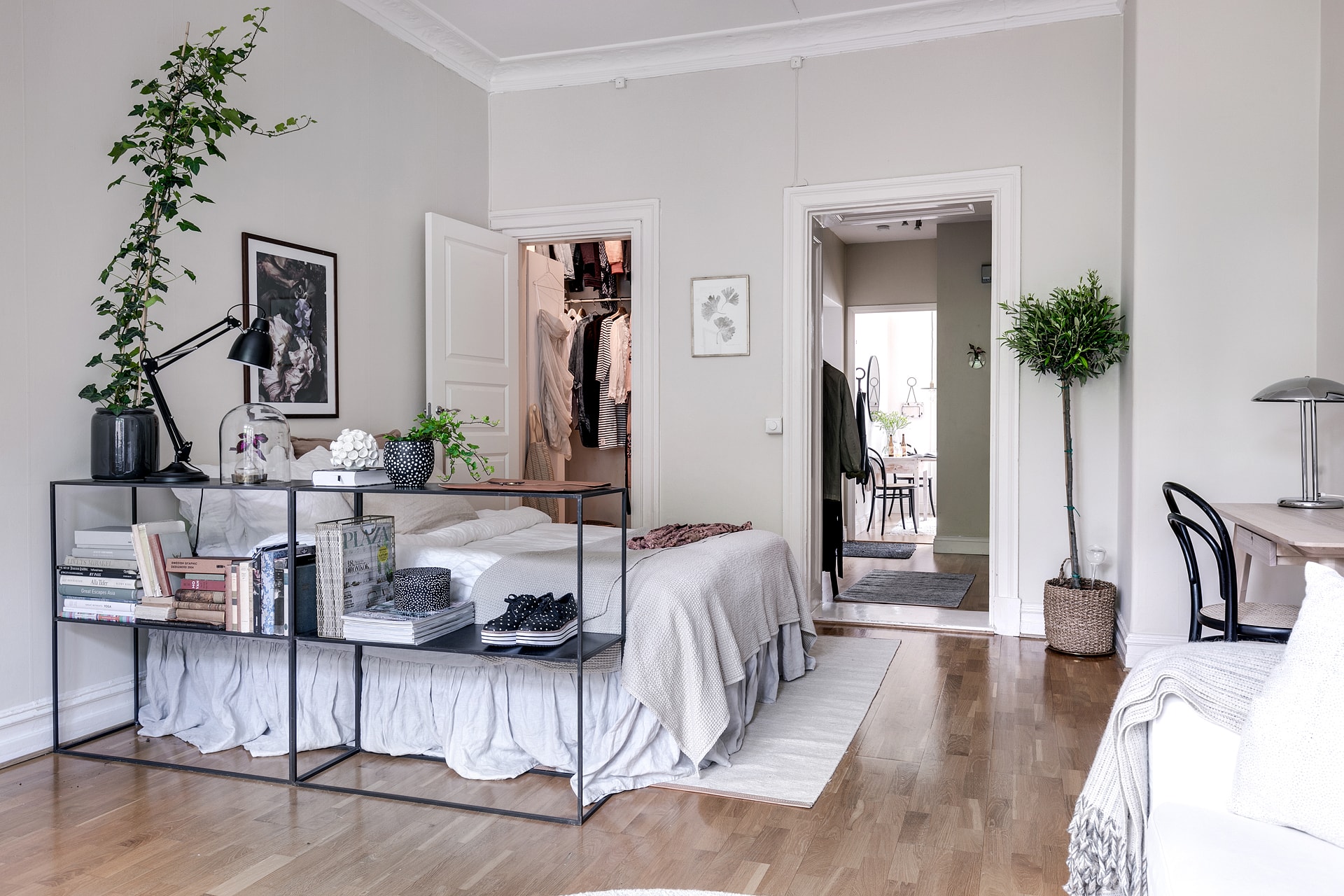
Another benefit of a wall between the bedroom and living room is the noise reduction it offers. With a solid barrier in place, sound is less likely to travel between the two rooms. This is especially helpful for those who have different schedules or for families with young children. A wall can help create a quieter and more peaceful environment for sleeping and relaxation.
3. Defined Living Spaces

In open concept homes, it can be challenging to define each room's purpose and function. However, with a wall between the bedroom and living room, each space has a clear and distinct purpose. This can make it easier to decorate and design each room accordingly, creating a cohesive and functional living space.
4. Additional Storage
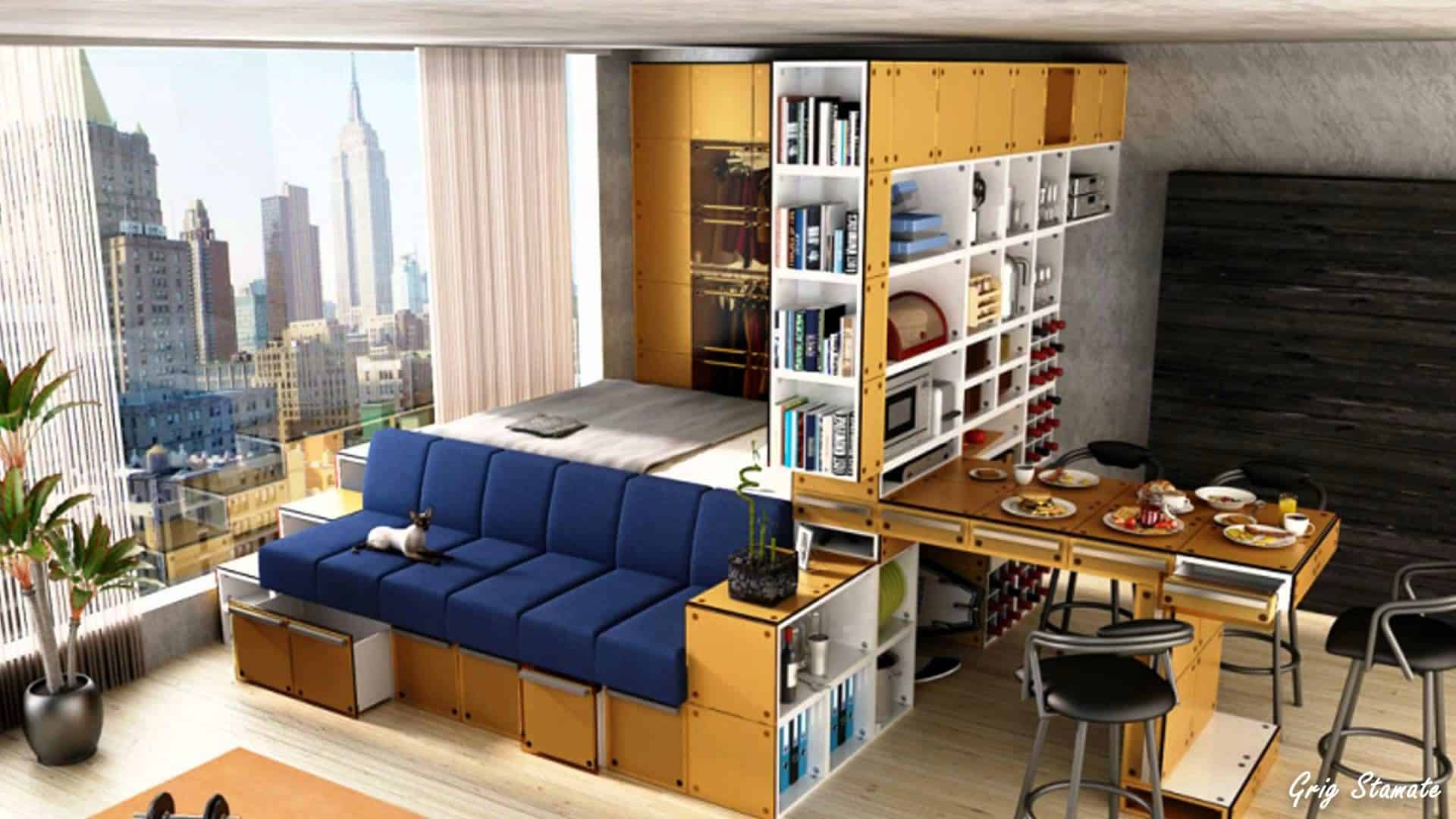
With a wall in place, there is an opportunity to add built-in storage such as shelves, cabinets, or closets. This can be especially useful for those living in smaller spaces, as it maximizes storage without taking up valuable floor space. It can also help keep each room organized and clutter-free.
5. Versatility in Design
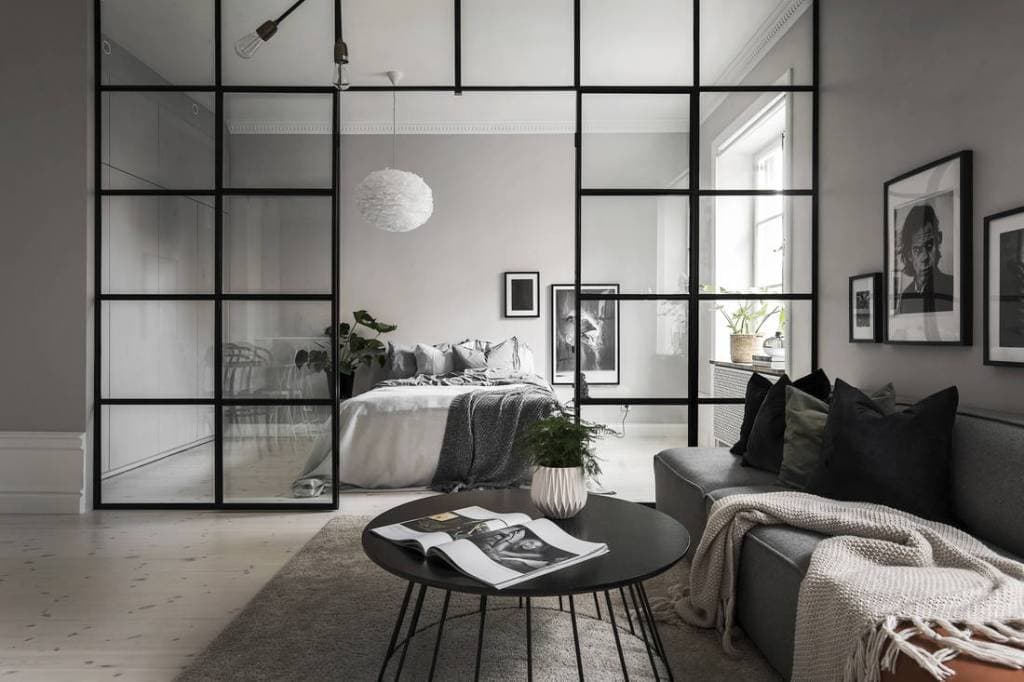
A wall between the bedroom and living room can be a versatile design element, offering various possibilities for customization. It can be a traditional solid wall, a half wall with a built-in shelf or counter, or even a sliding partition that can be opened or closed as desired. This allows for flexibility in design and the ability to change the layout in the future if desired.
In conclusion, a wall between the bedroom and living room offers numerous benefits, including privacy, noise reduction, defined living spaces, additional storage, and versatility in design. It is a design element that should not be overlooked when planning your dream home.



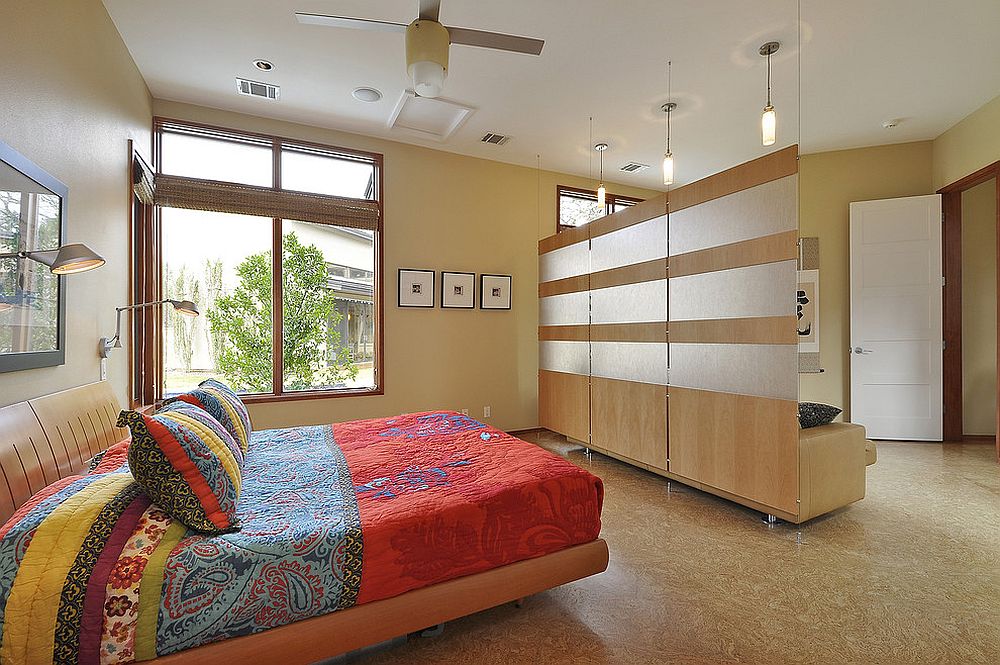
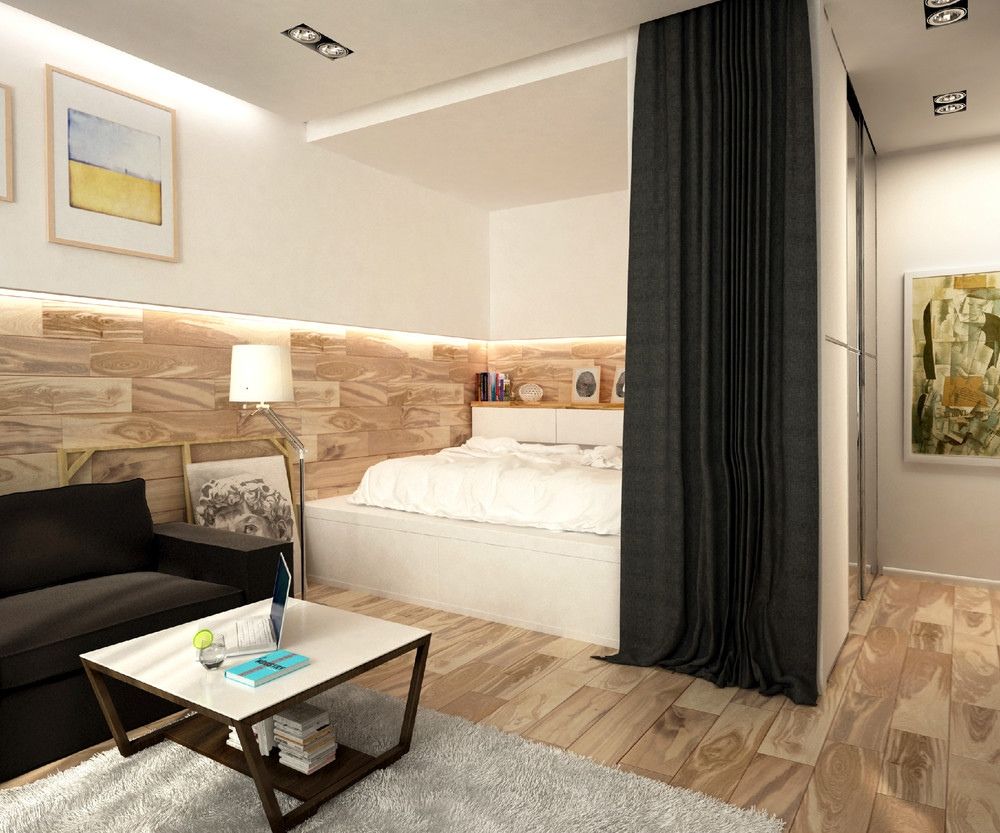
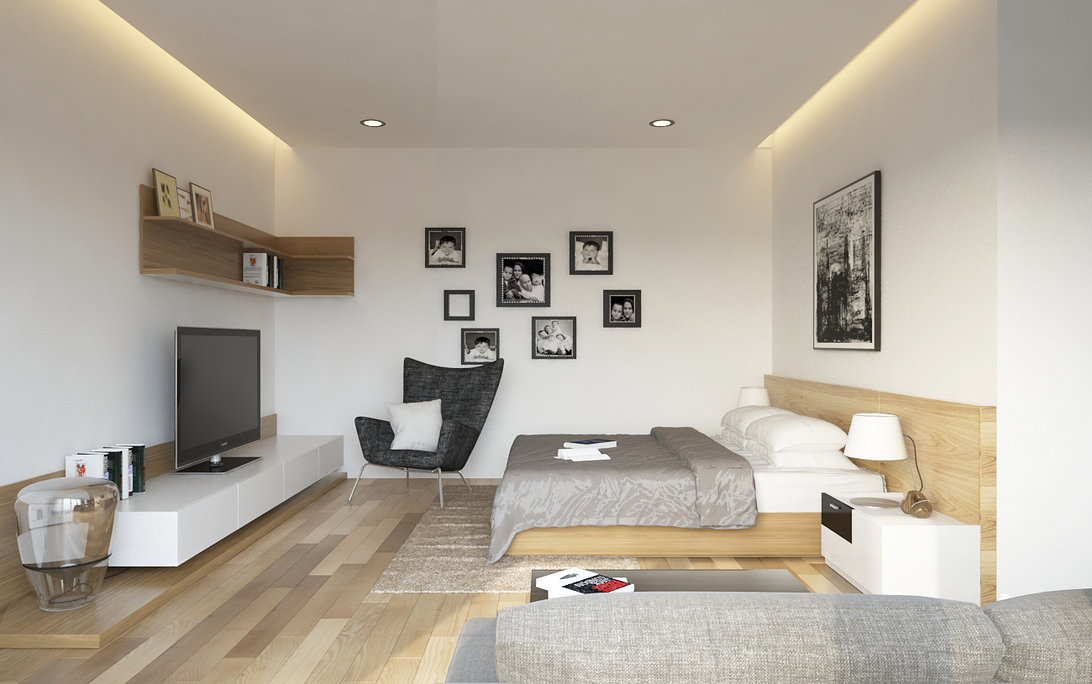




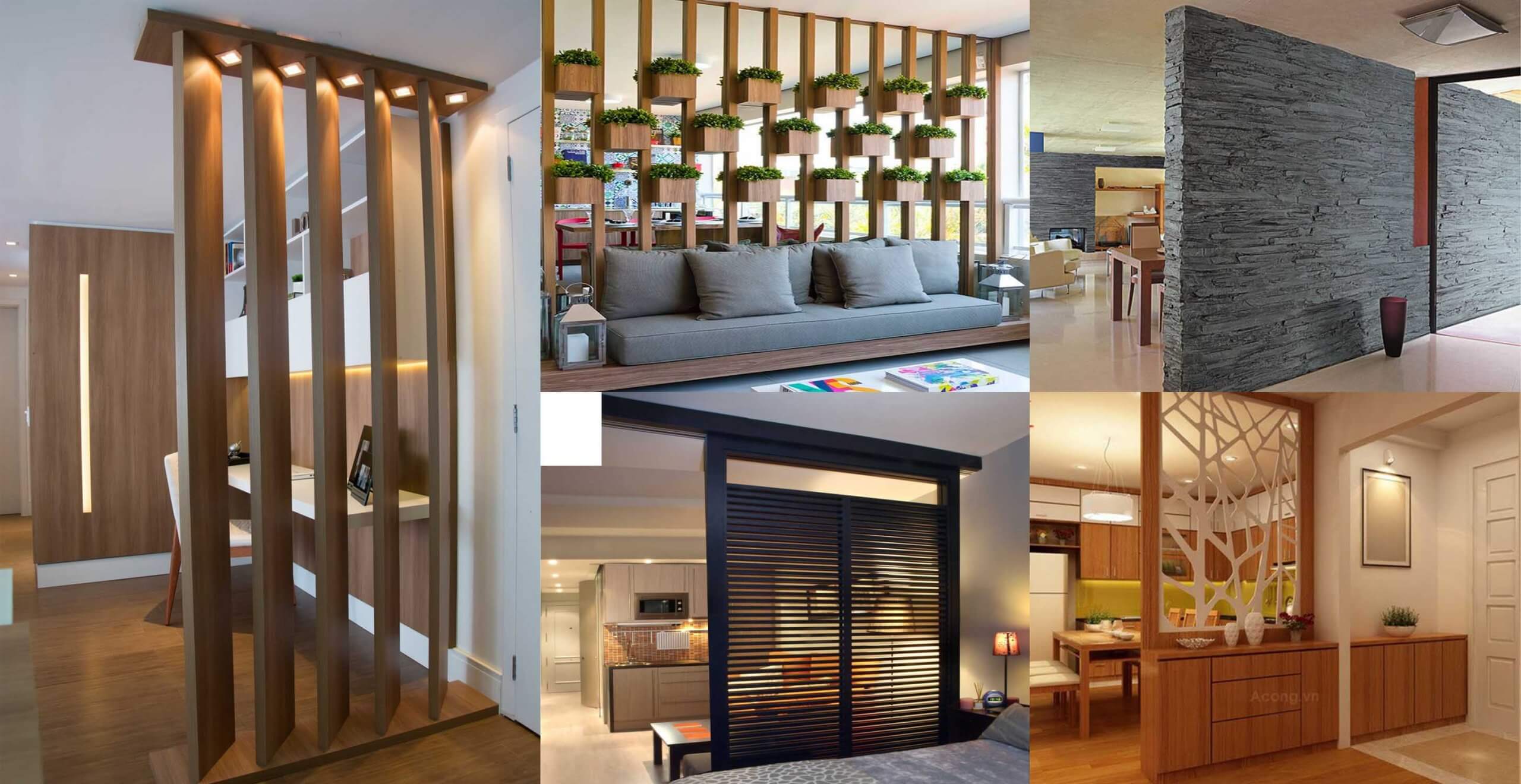


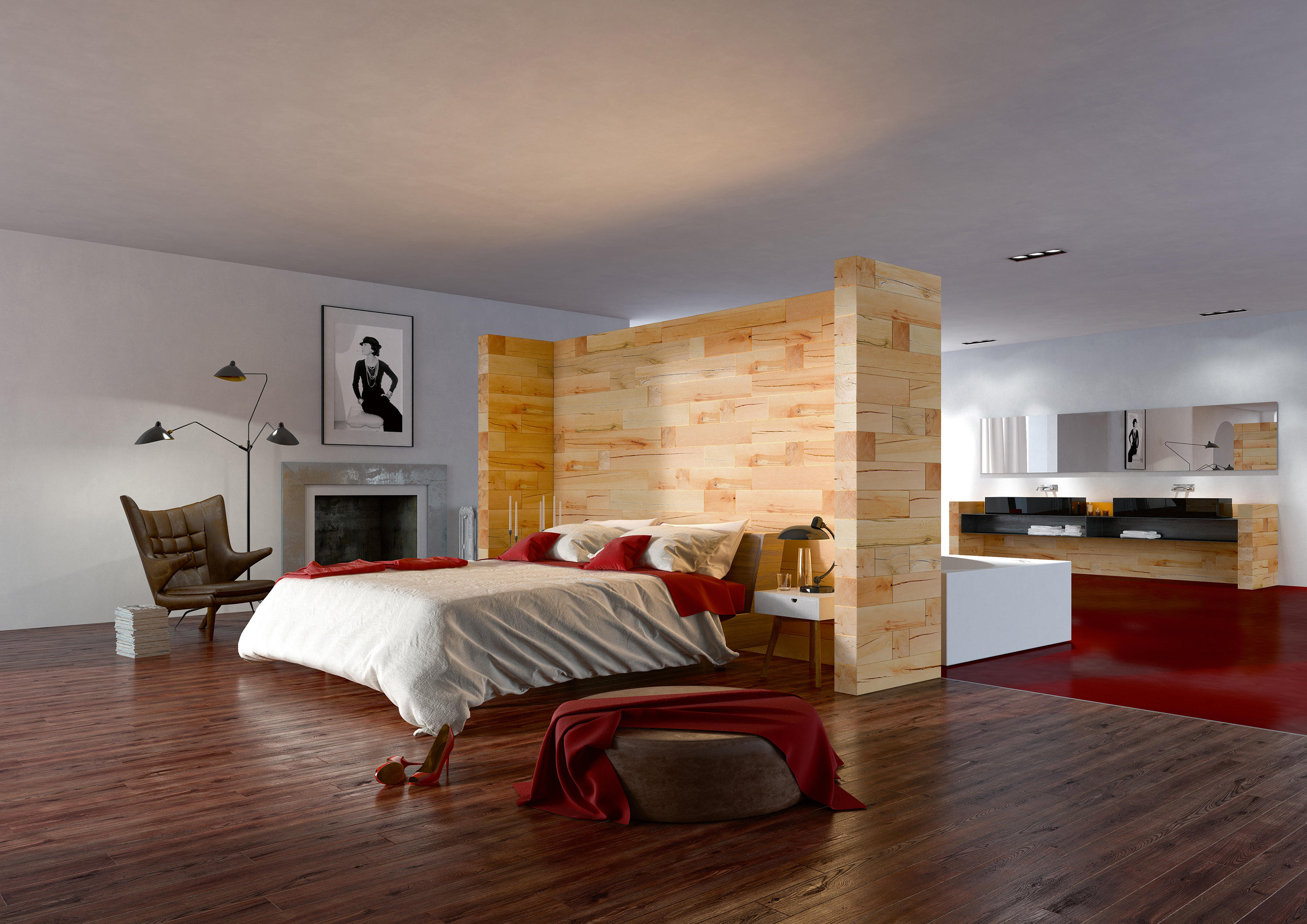
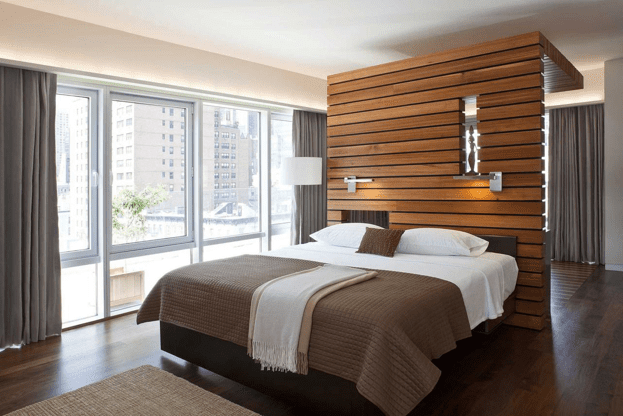

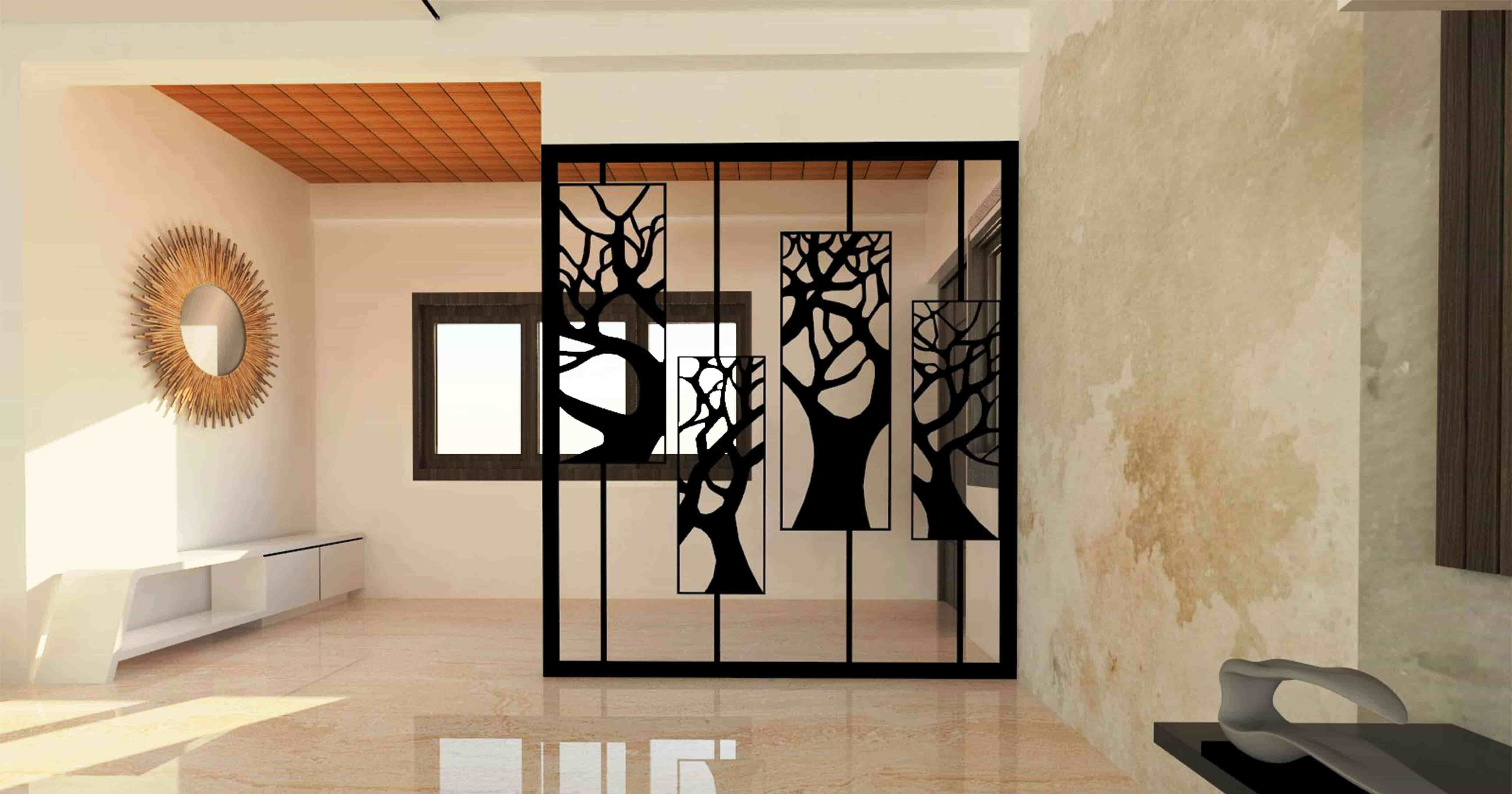


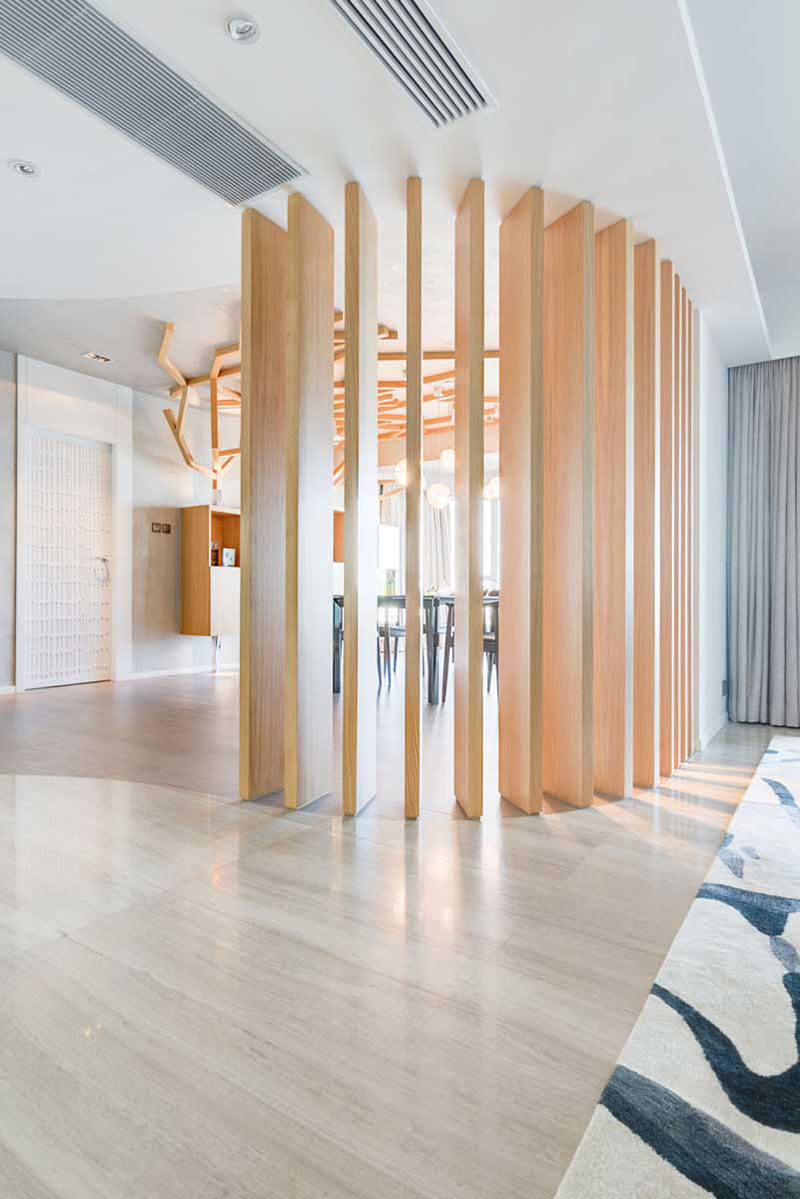
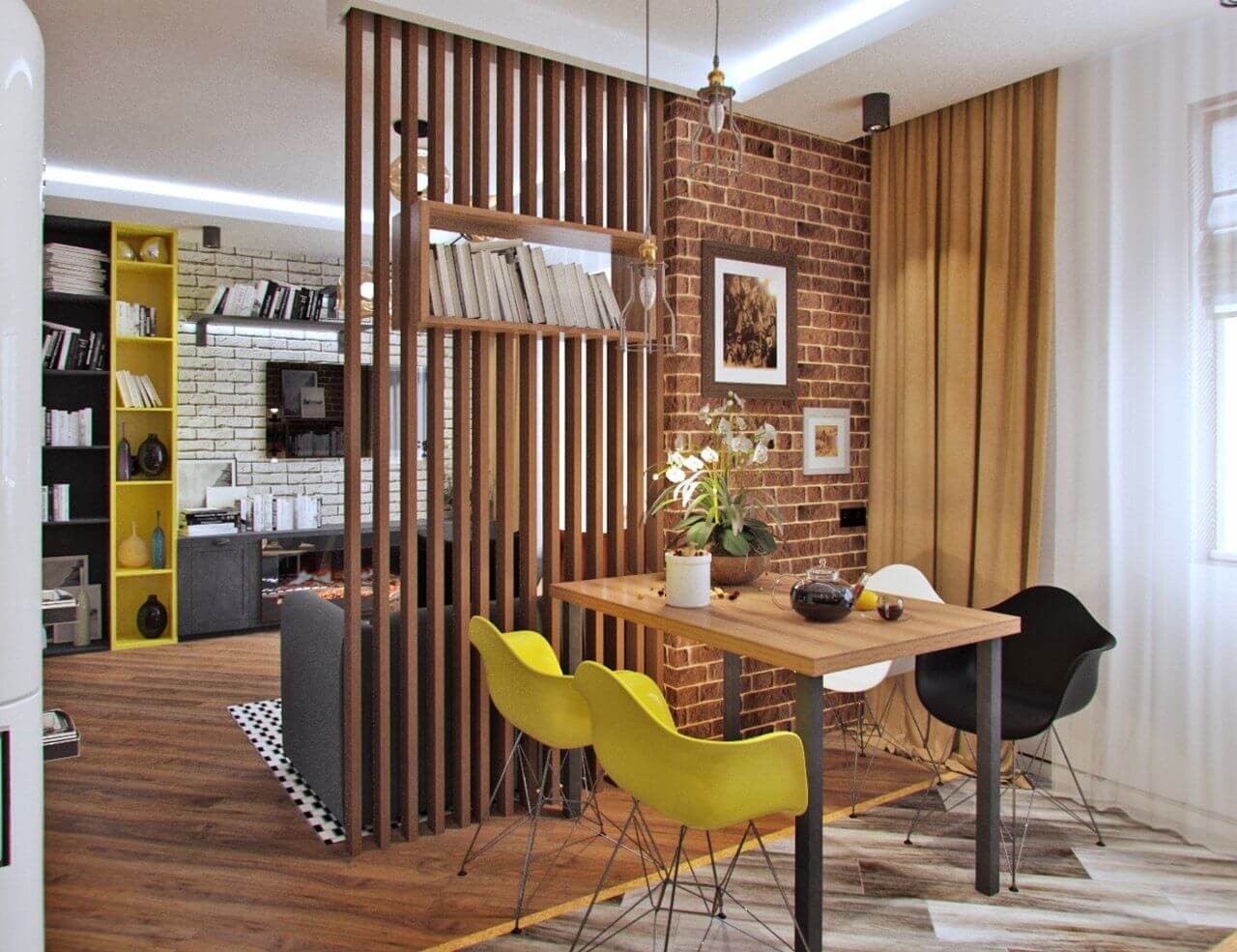

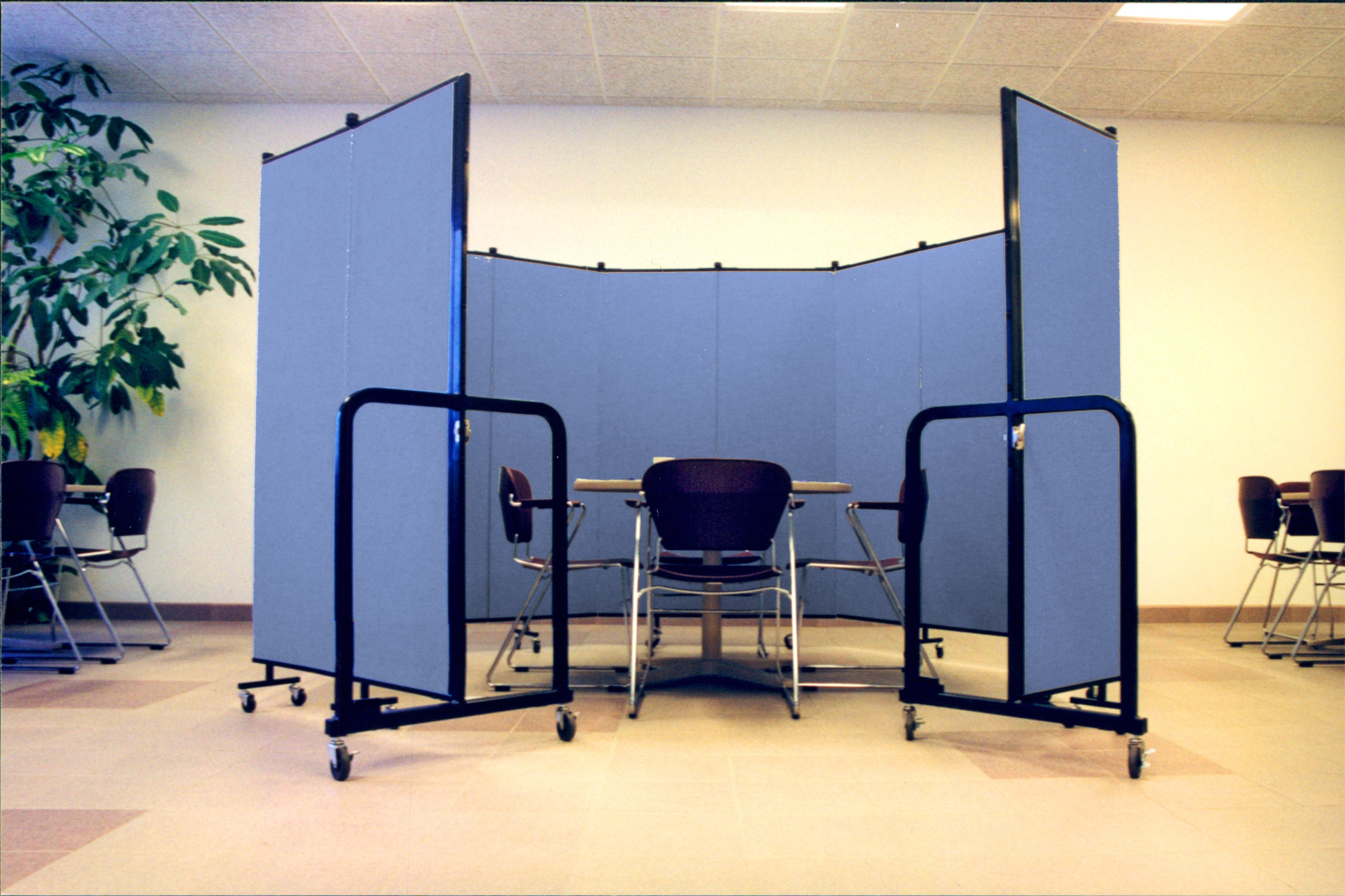
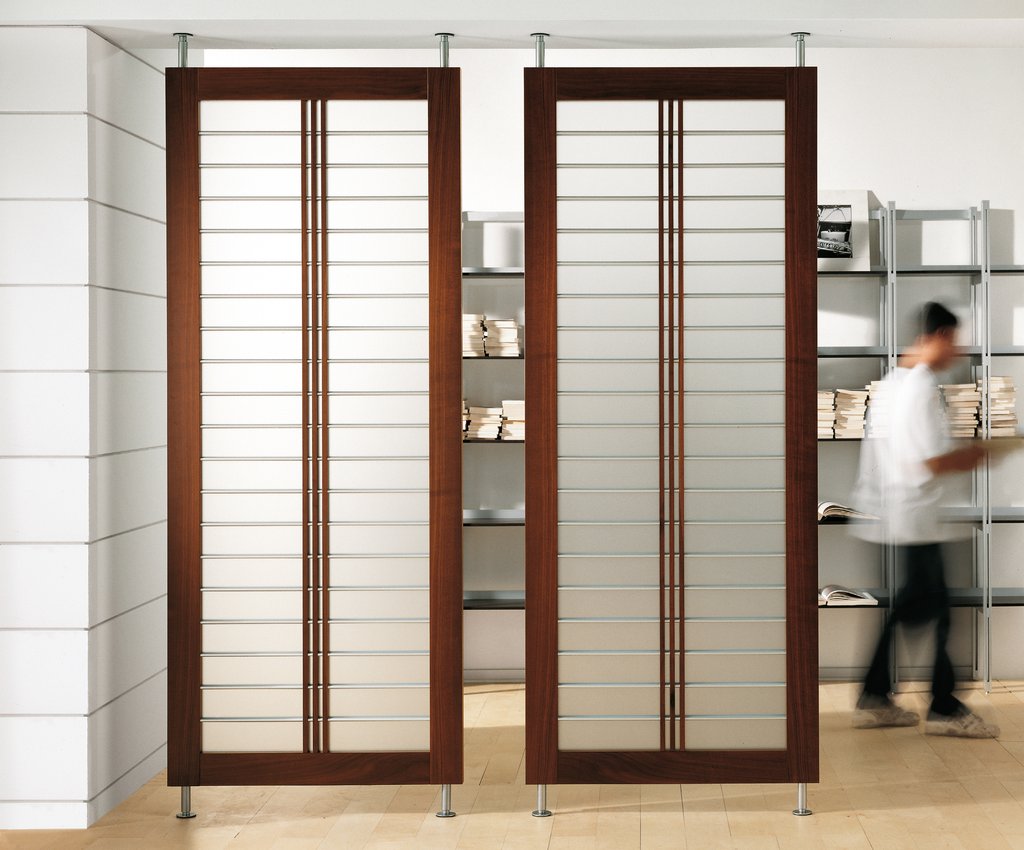
/Roomdivider-GettyImages-1130430856-40a5514b6caa41d19185ef69d2e471e1.jpg)

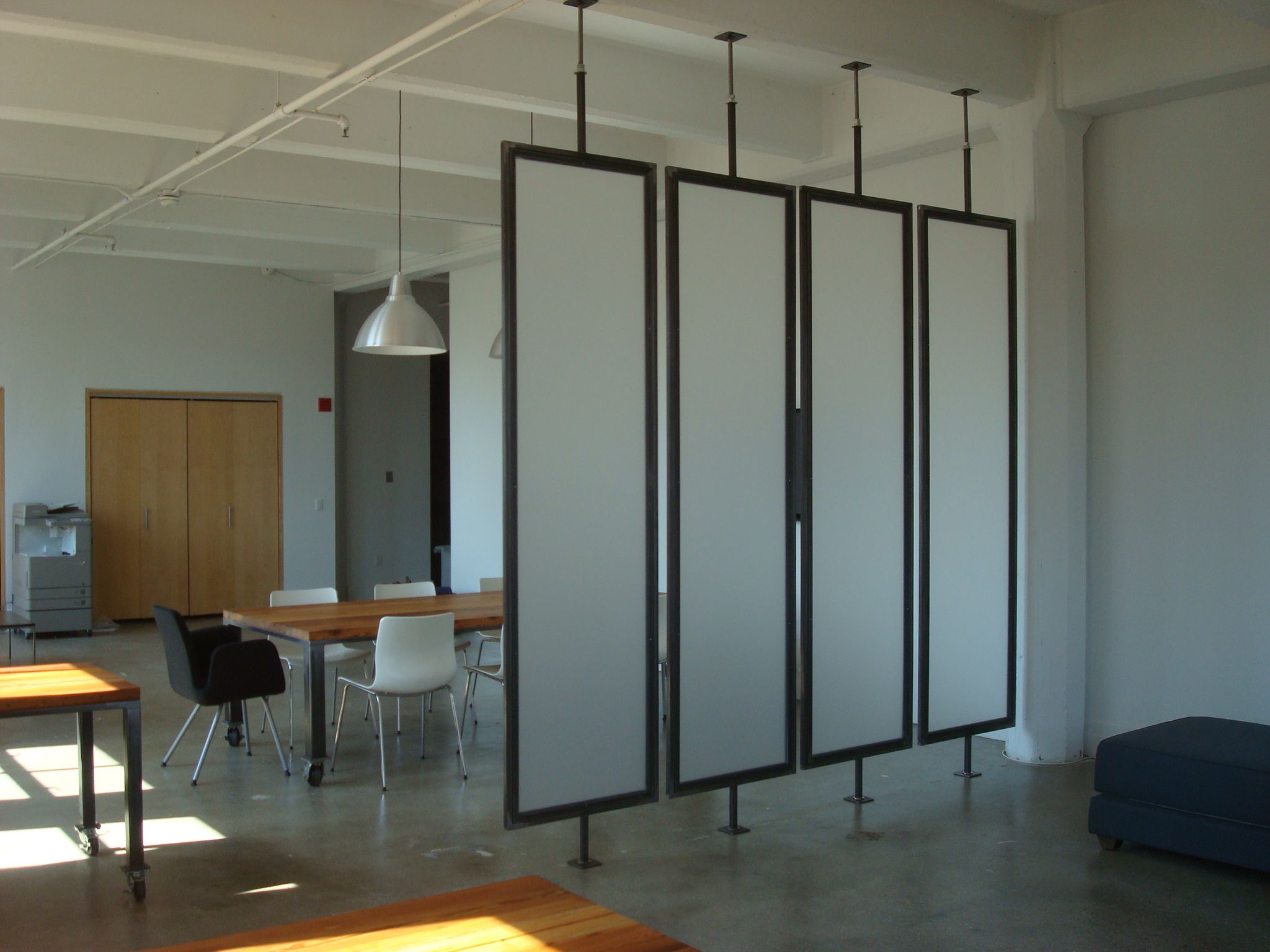
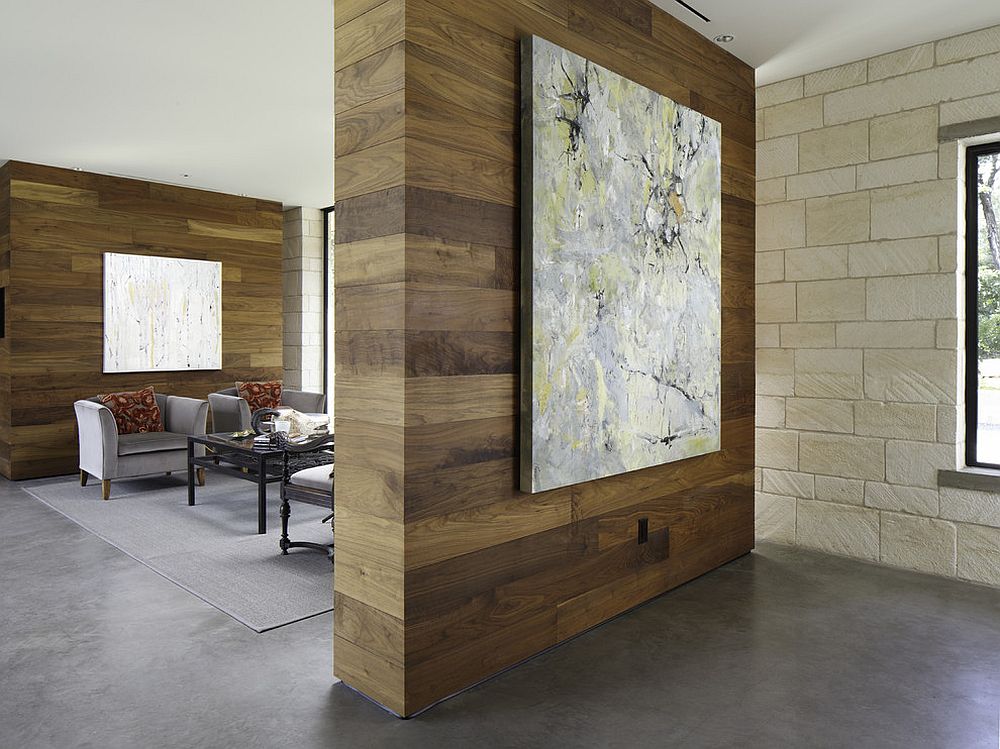
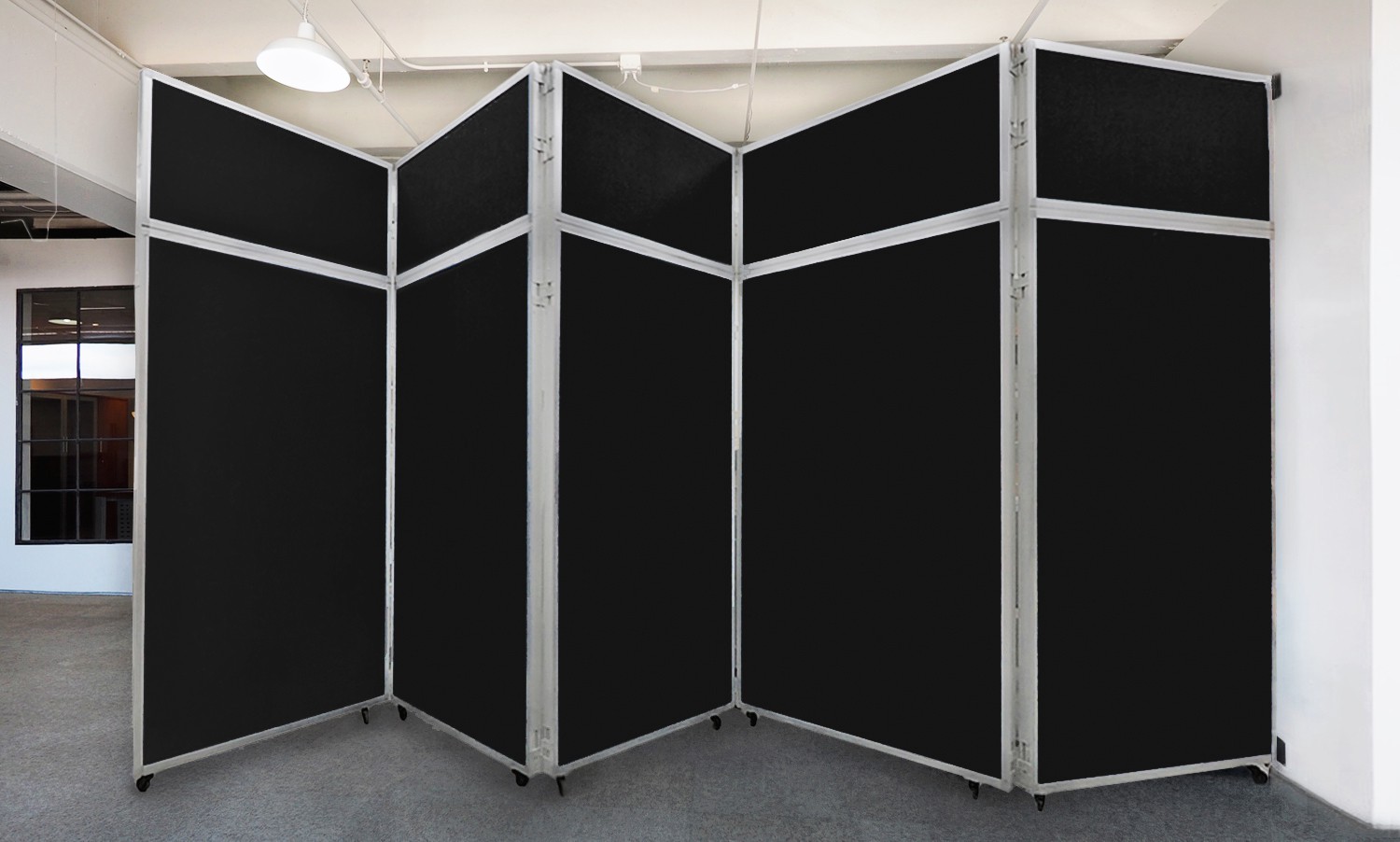
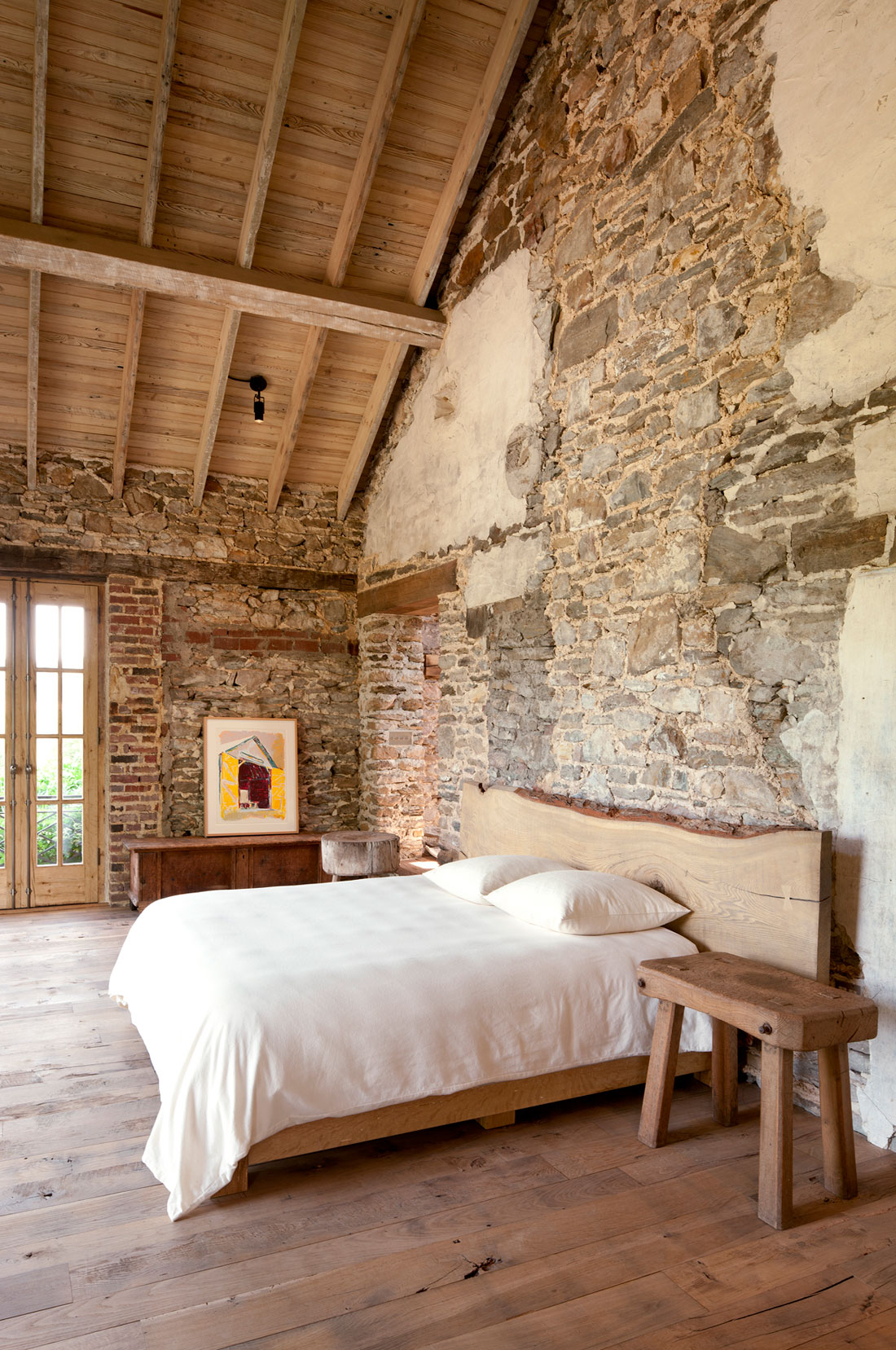
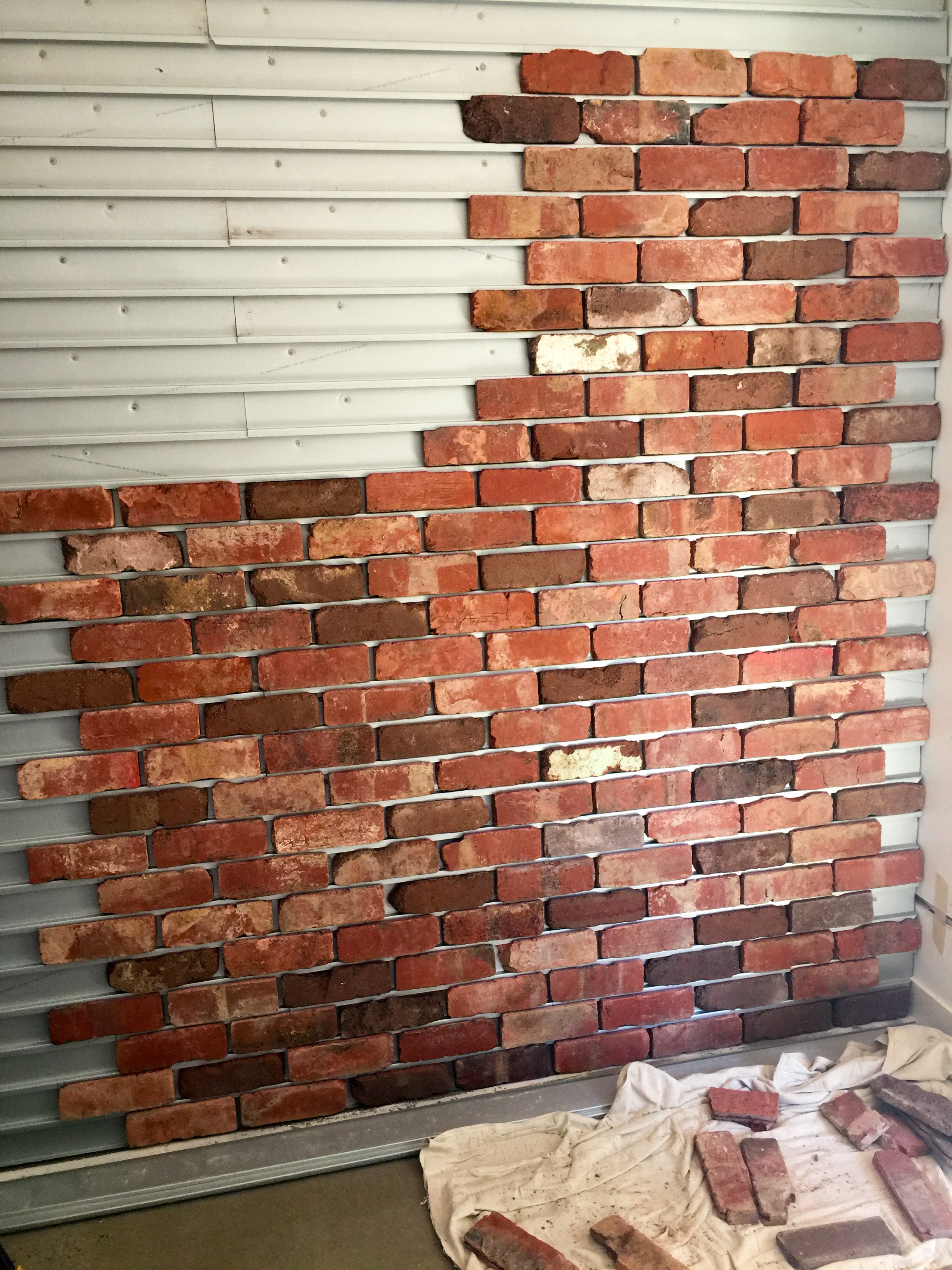
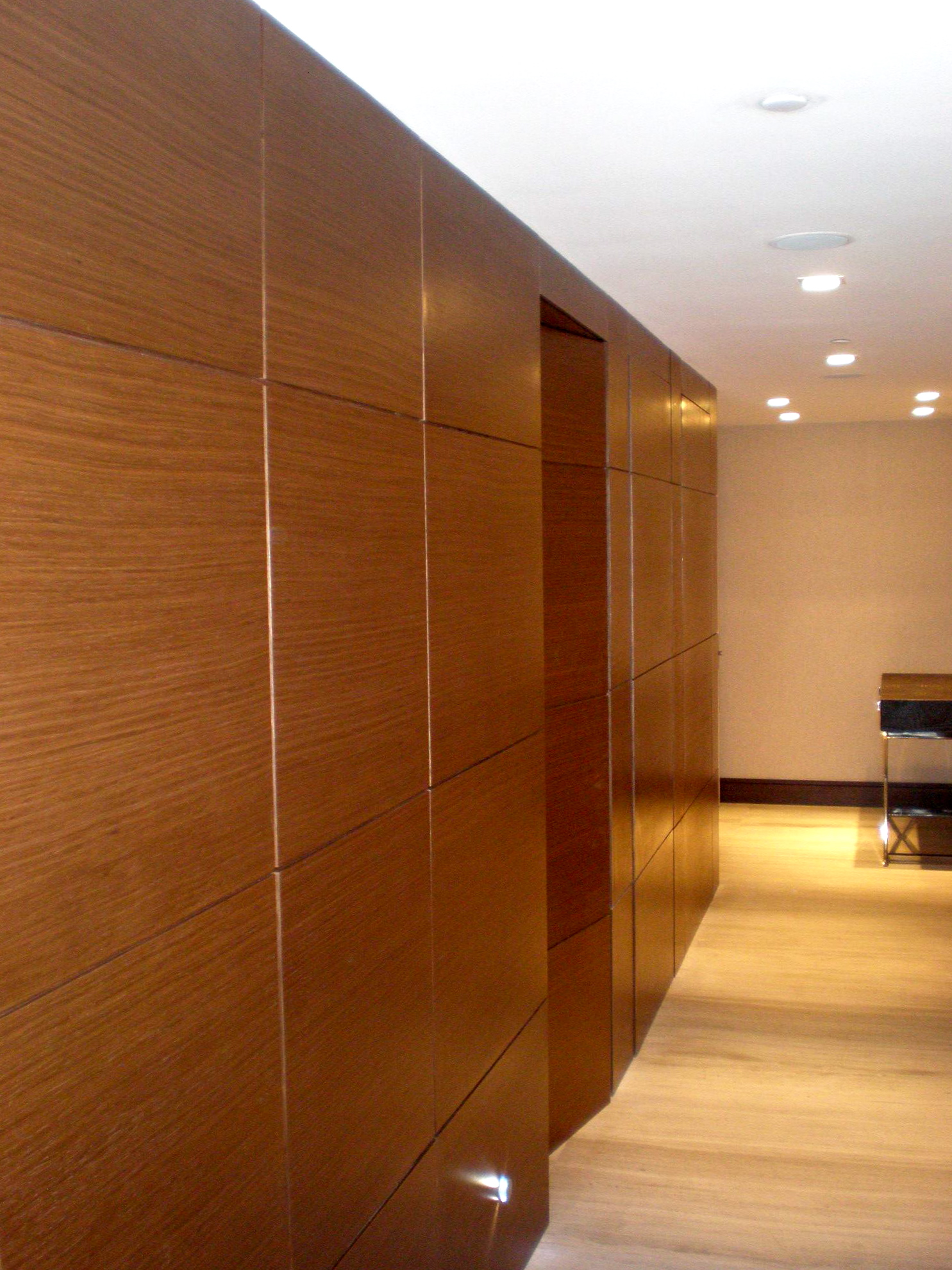


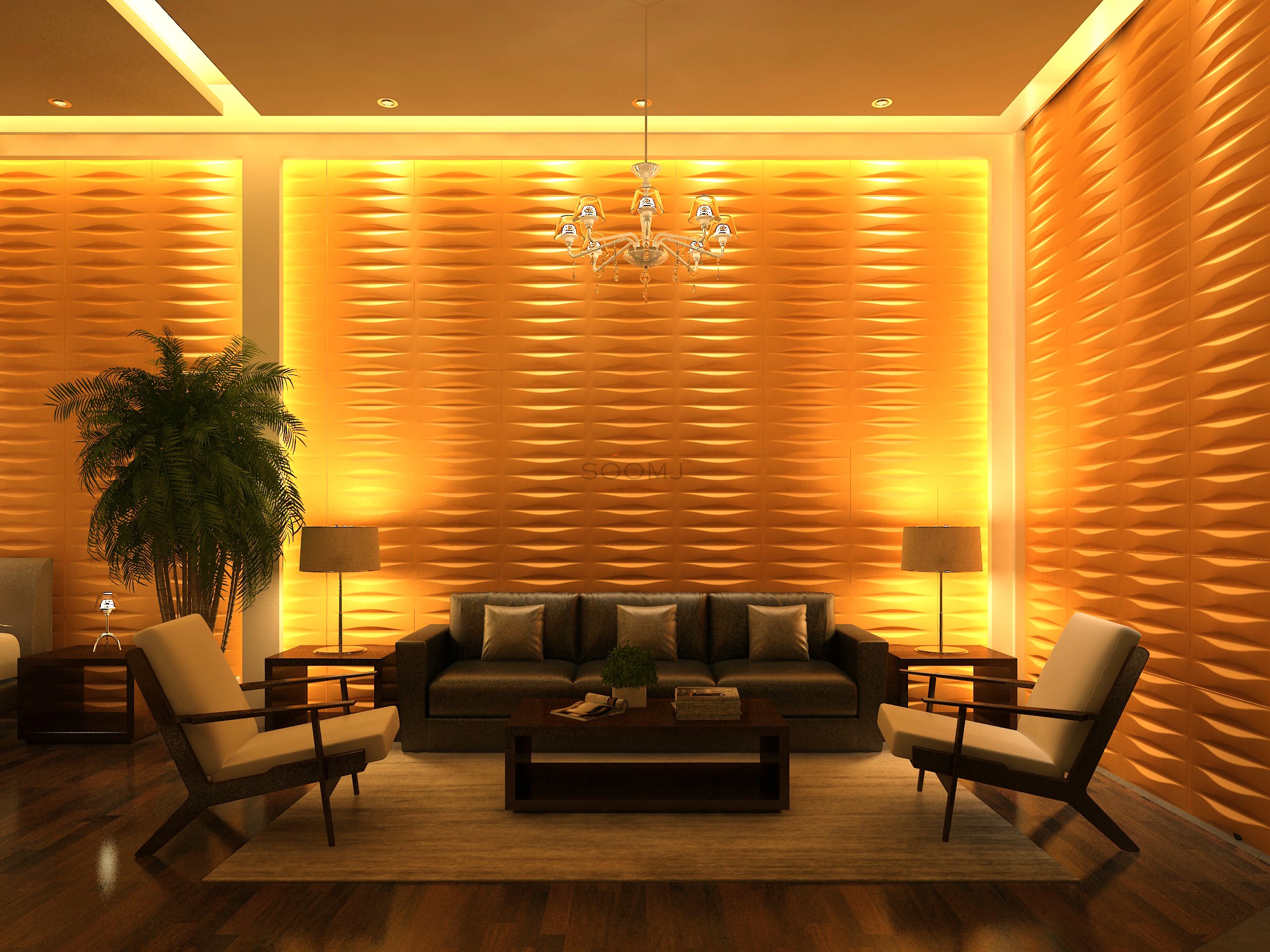
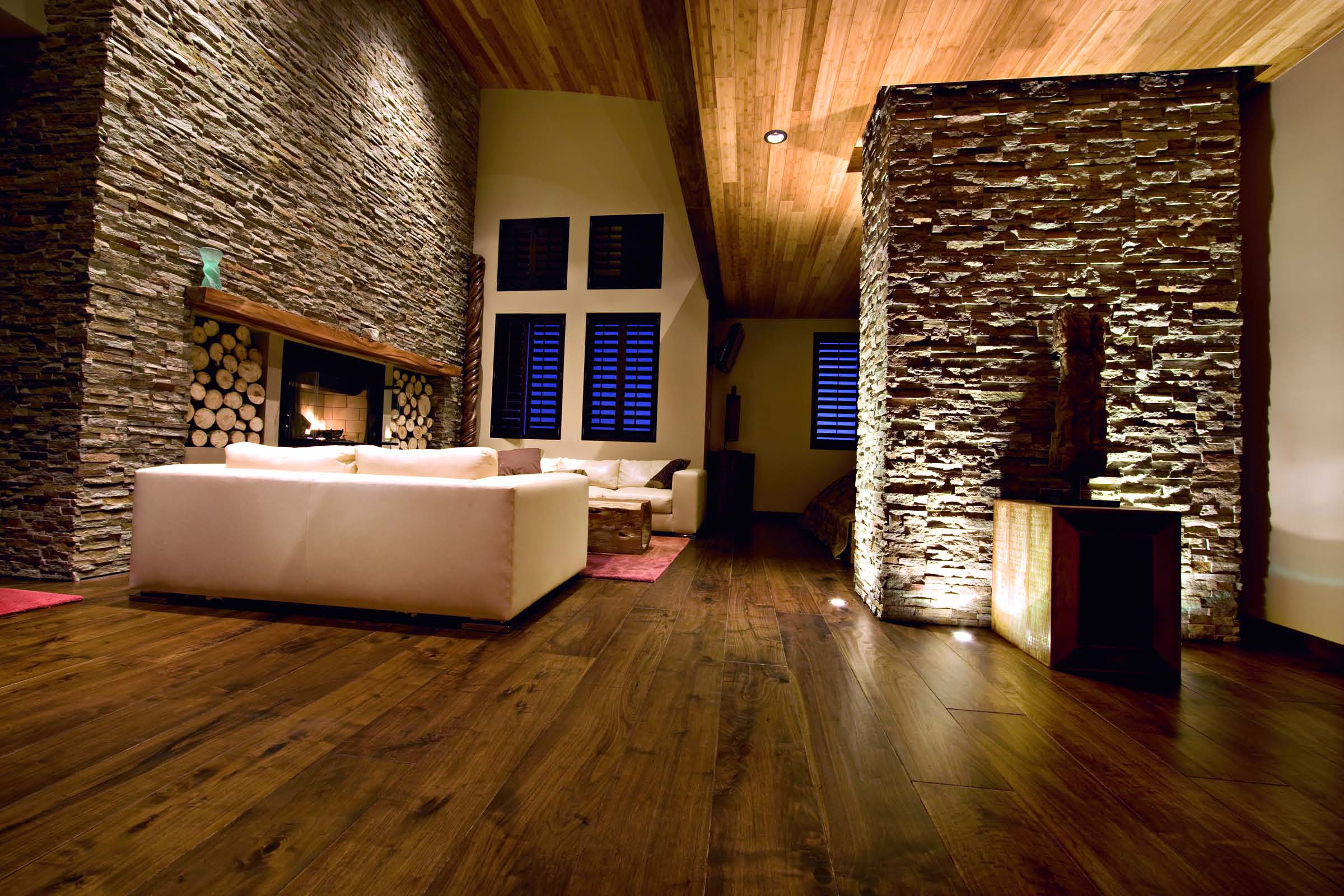
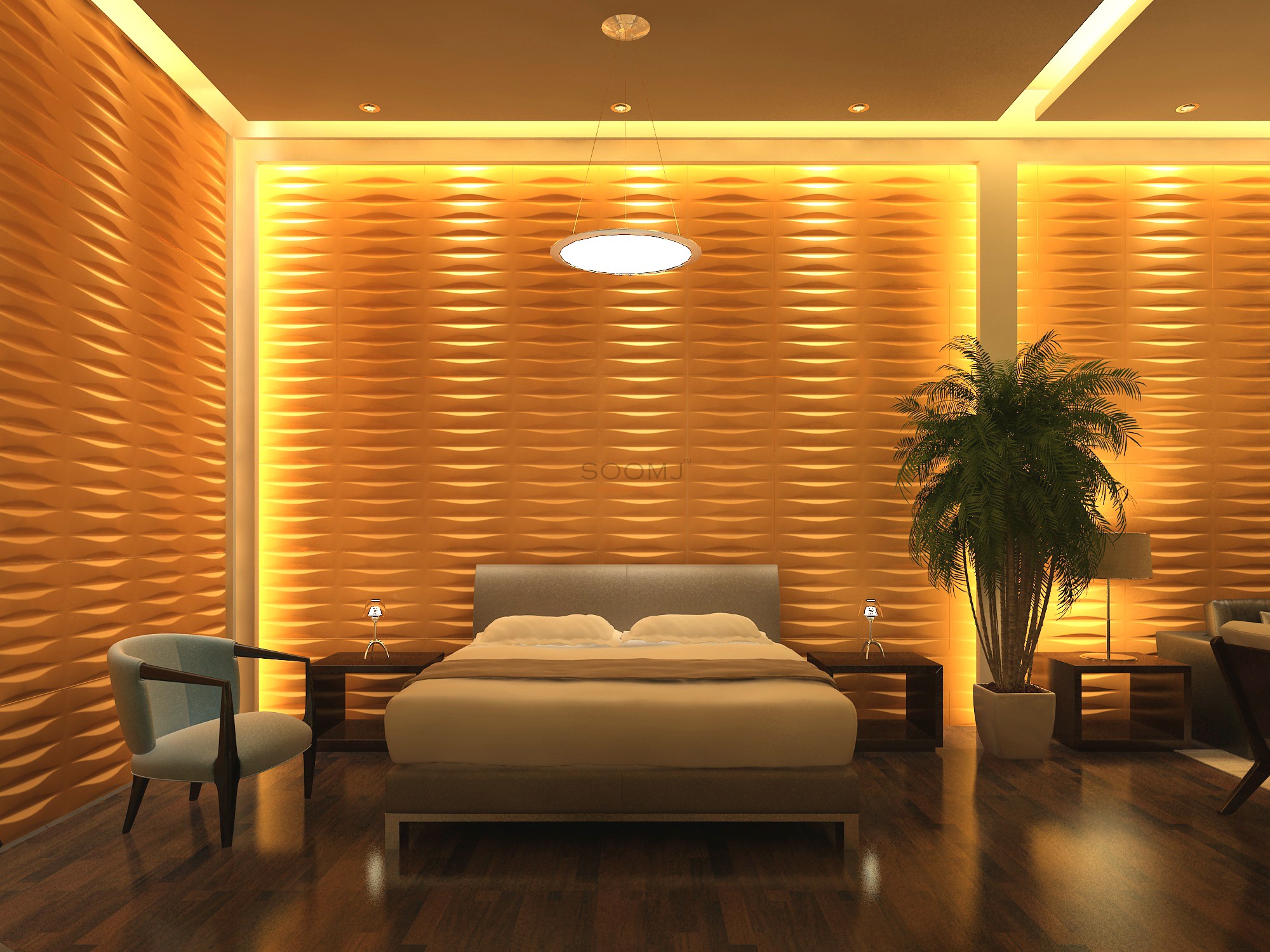
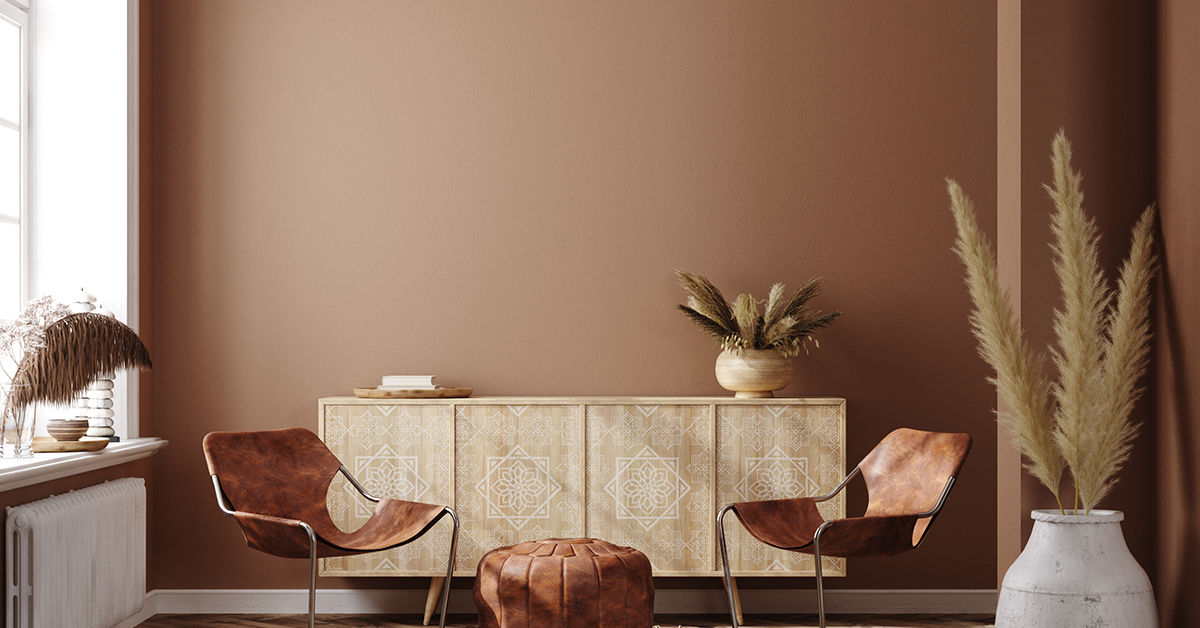

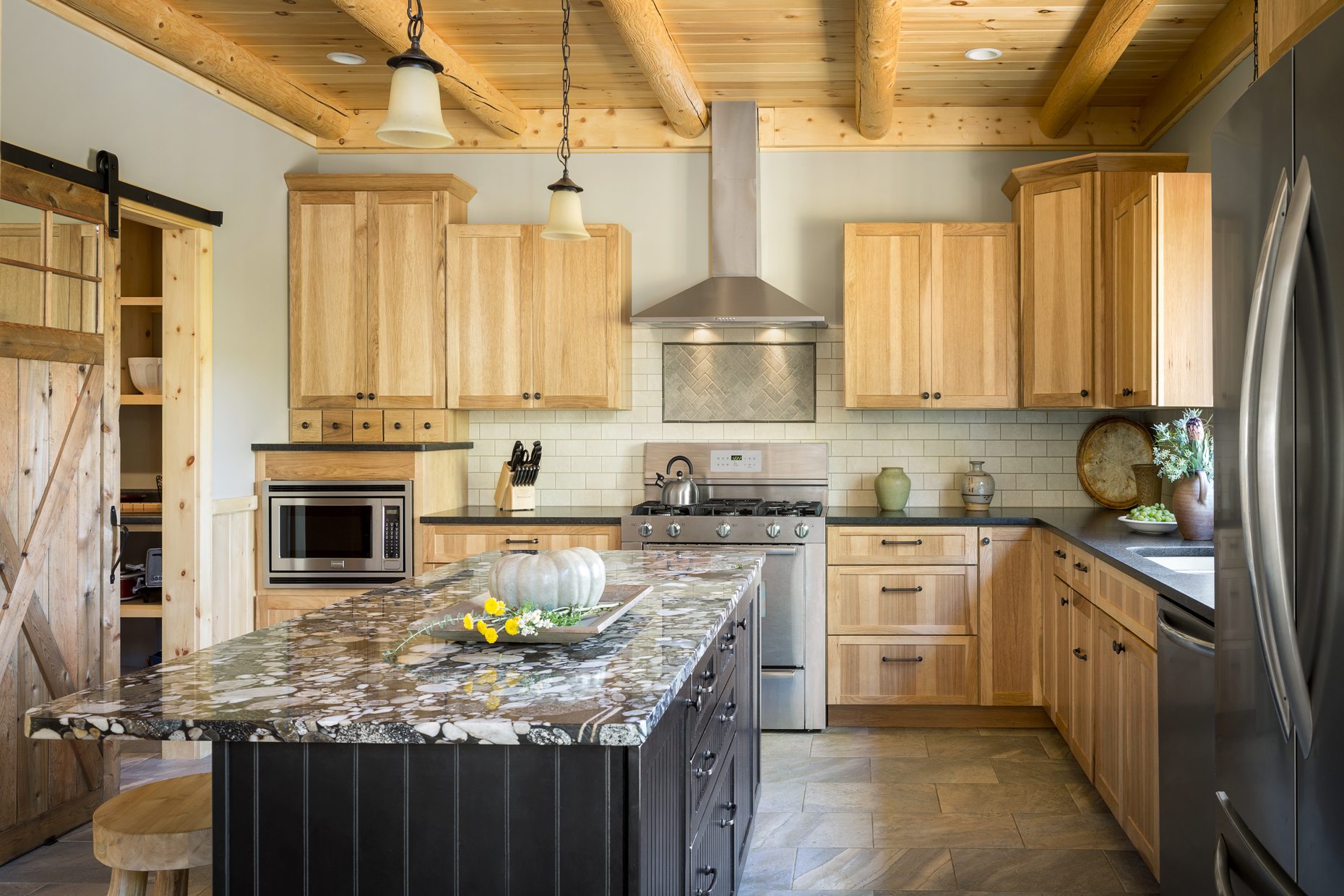
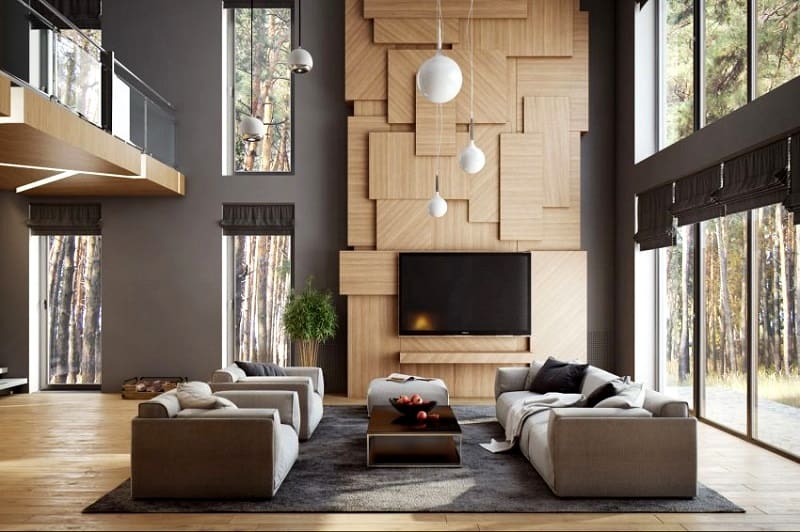


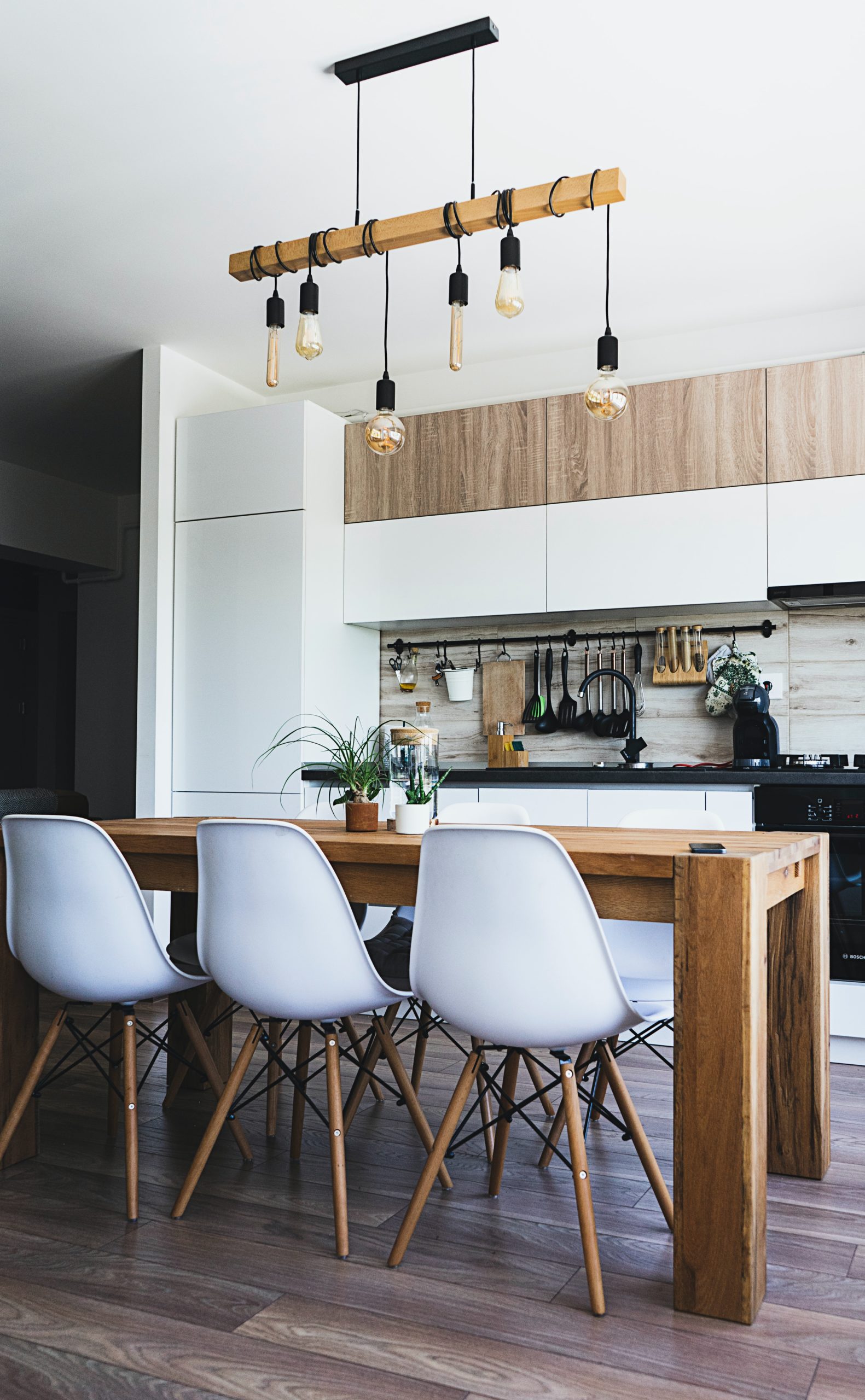
/GettyImages-1048928928-5c4a313346e0fb0001c00ff1.jpg)
